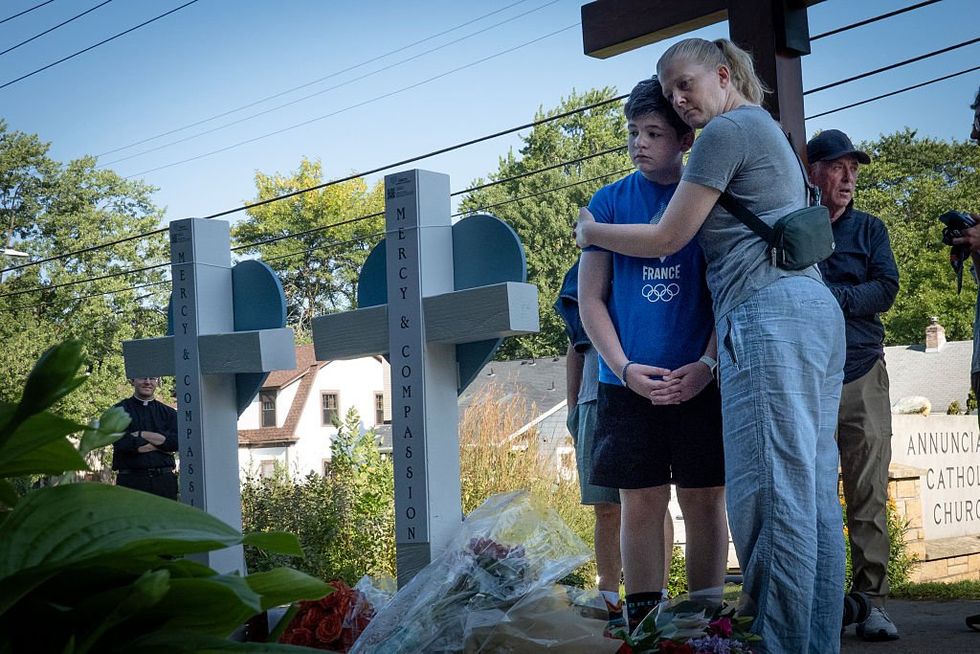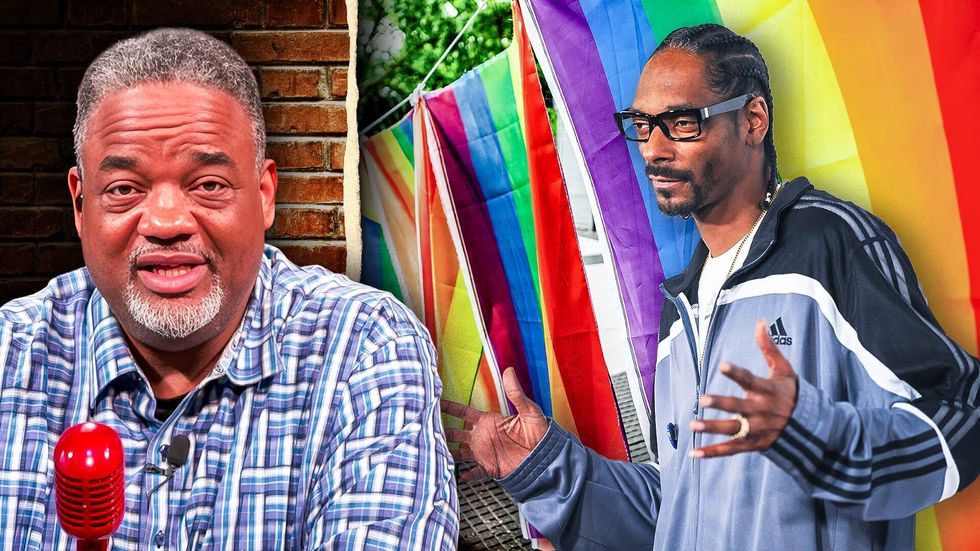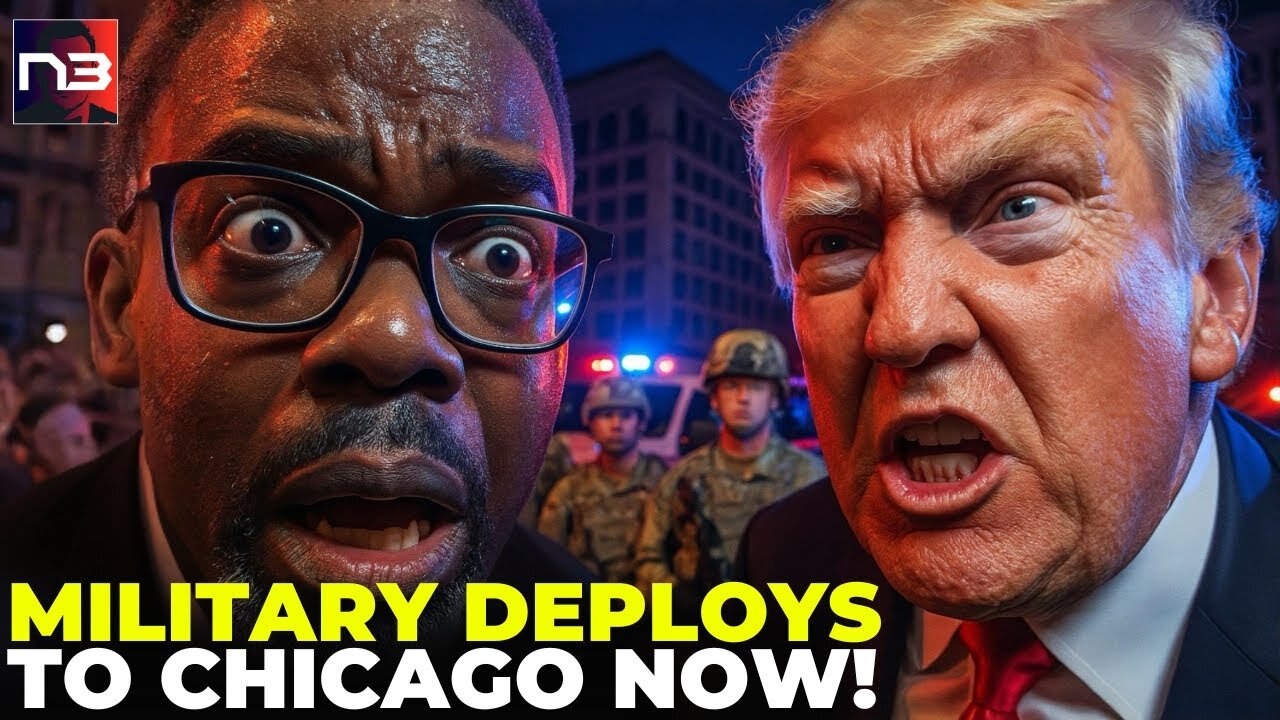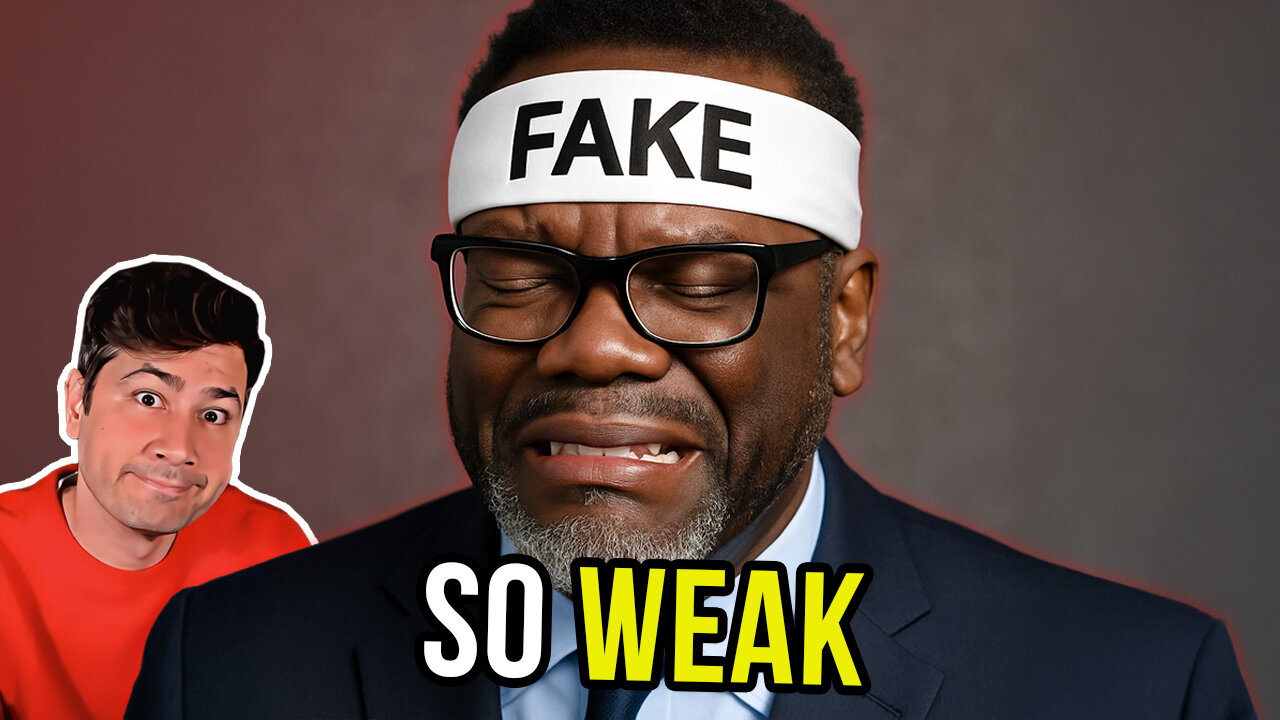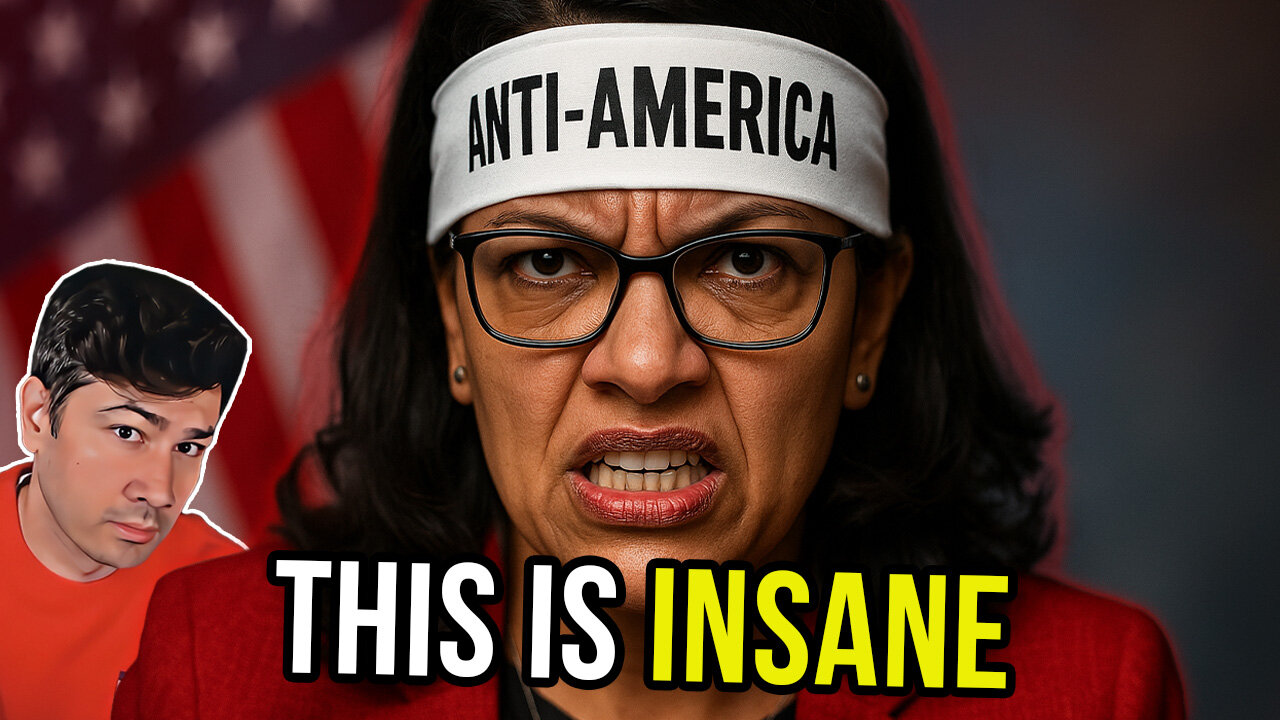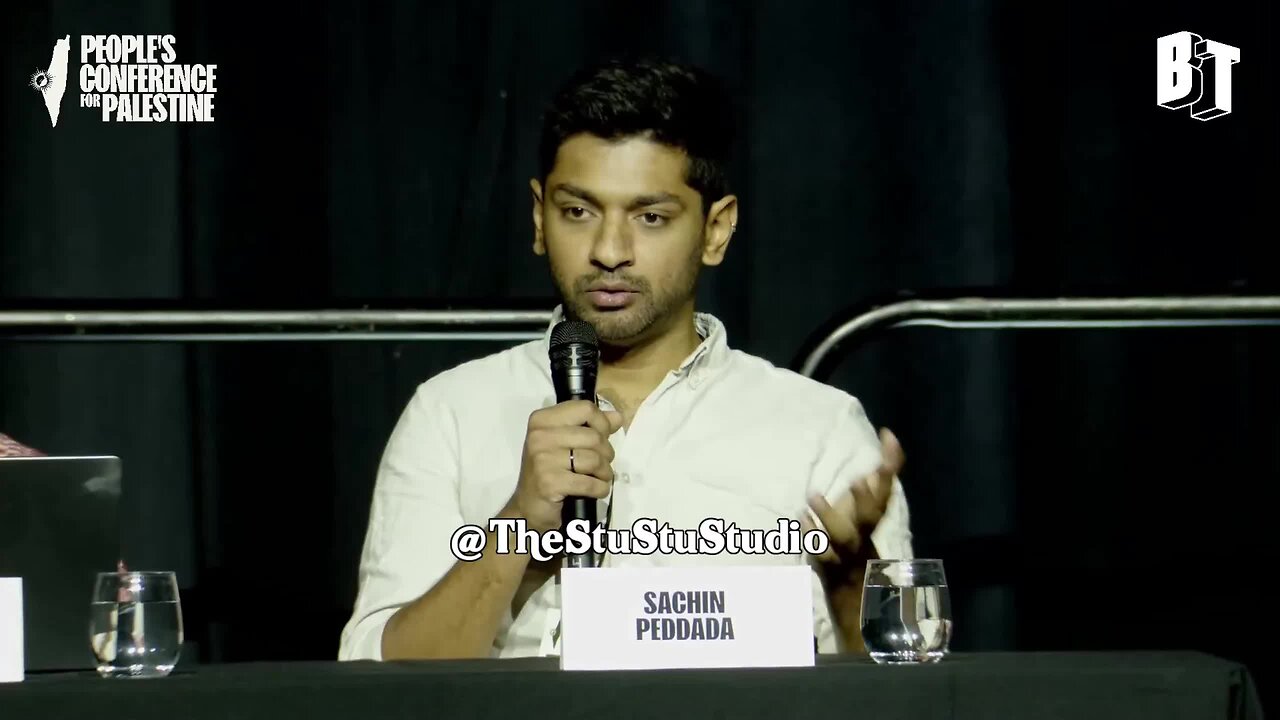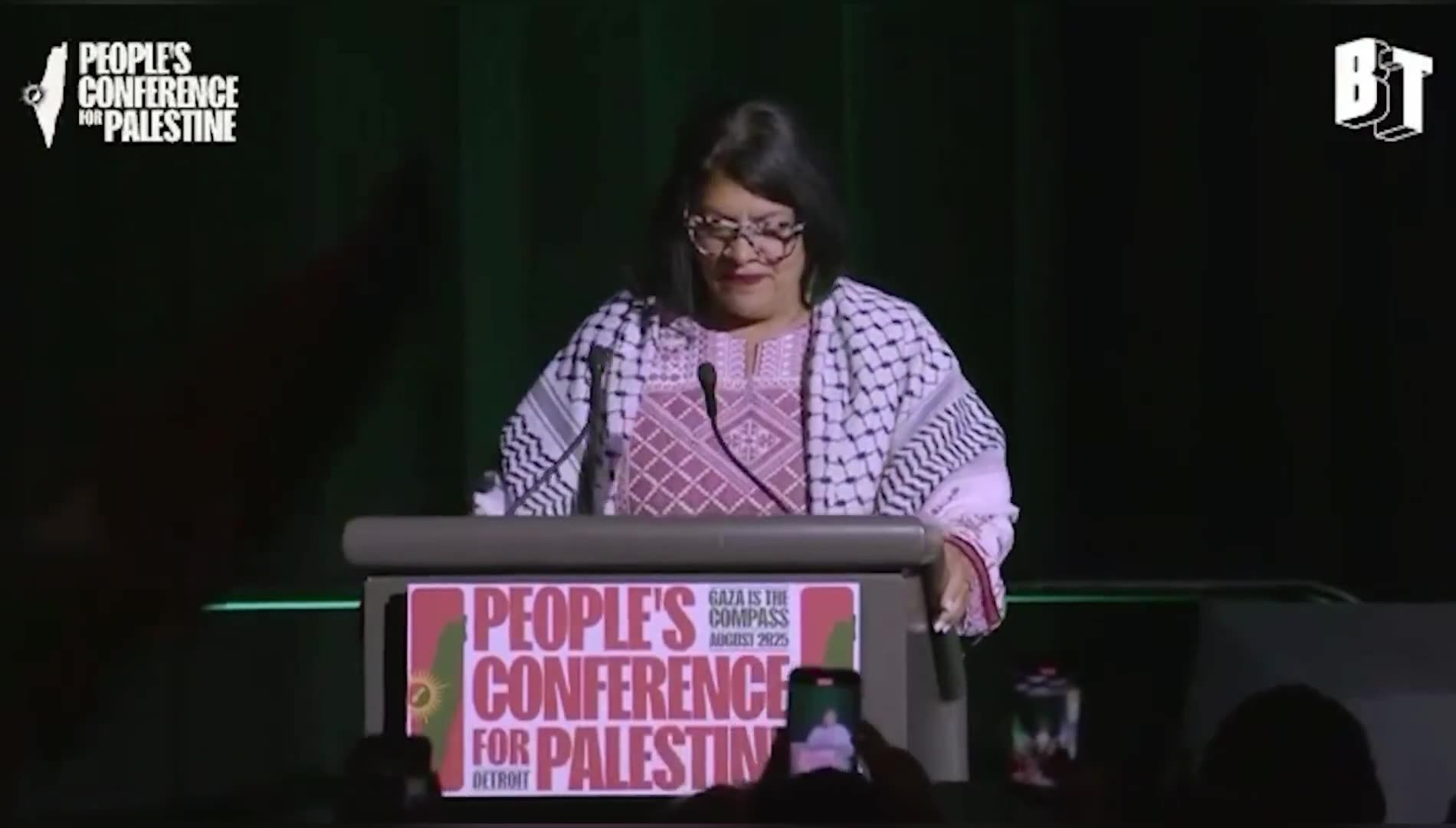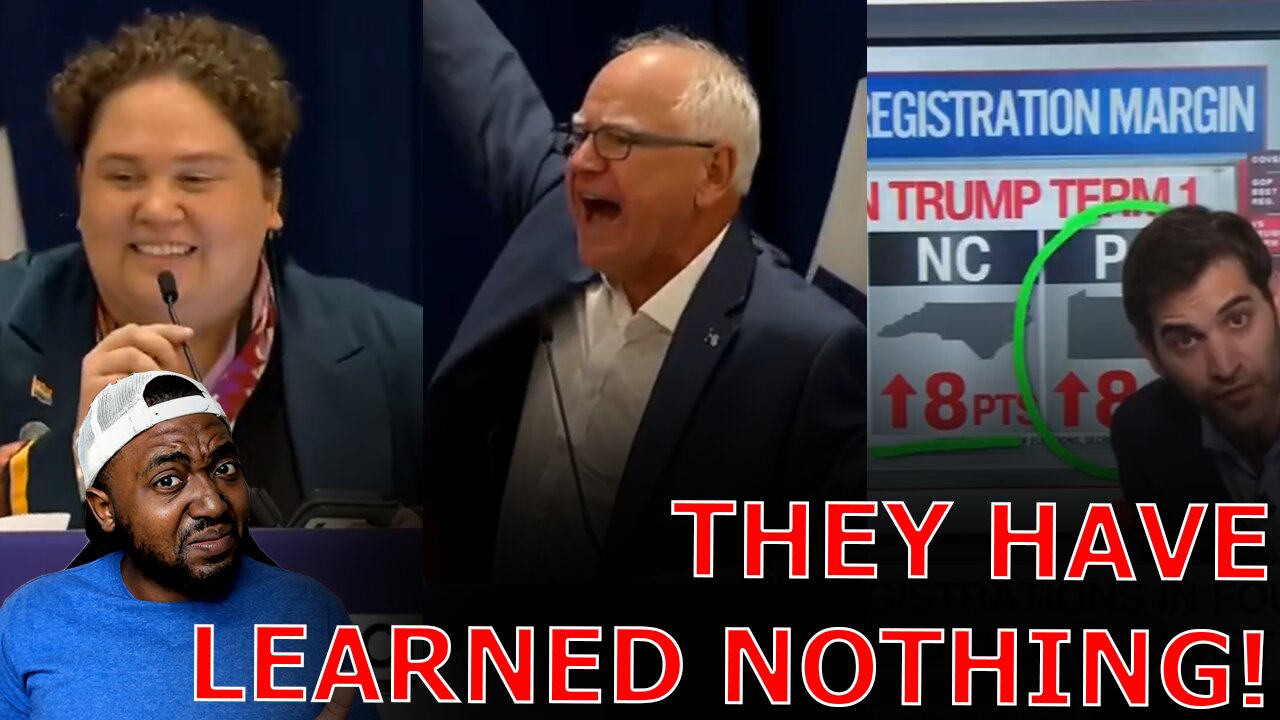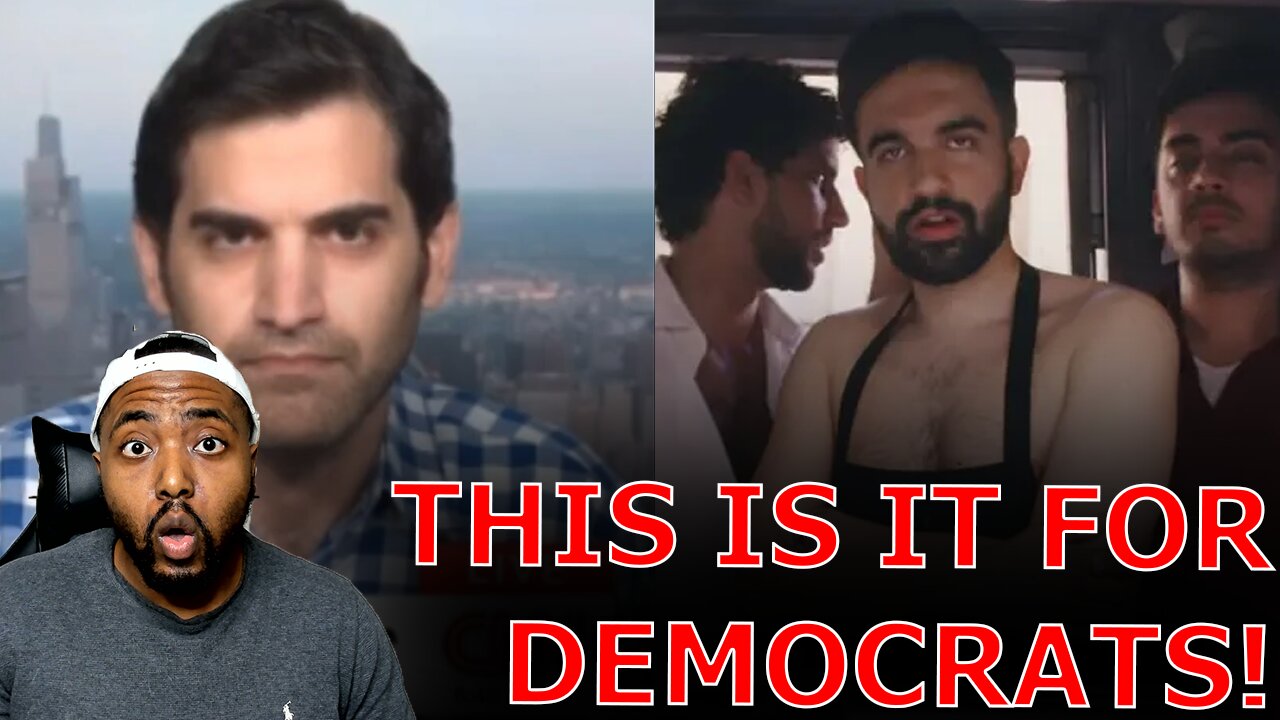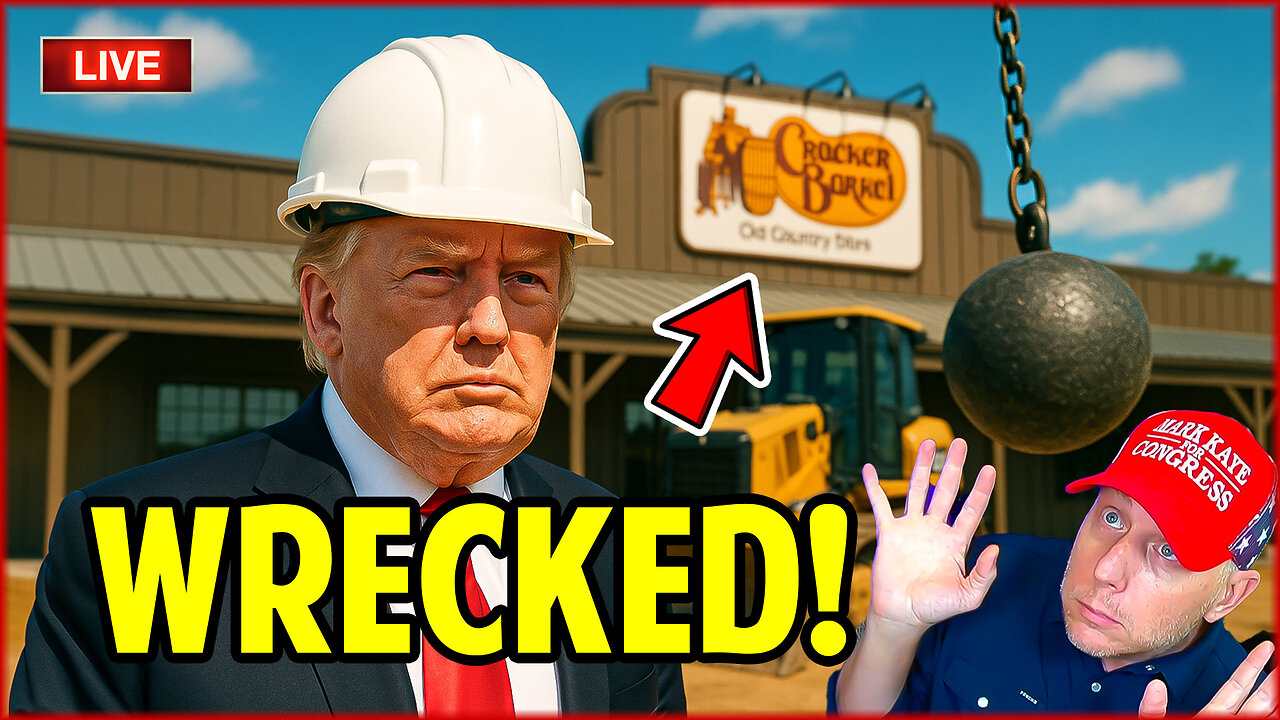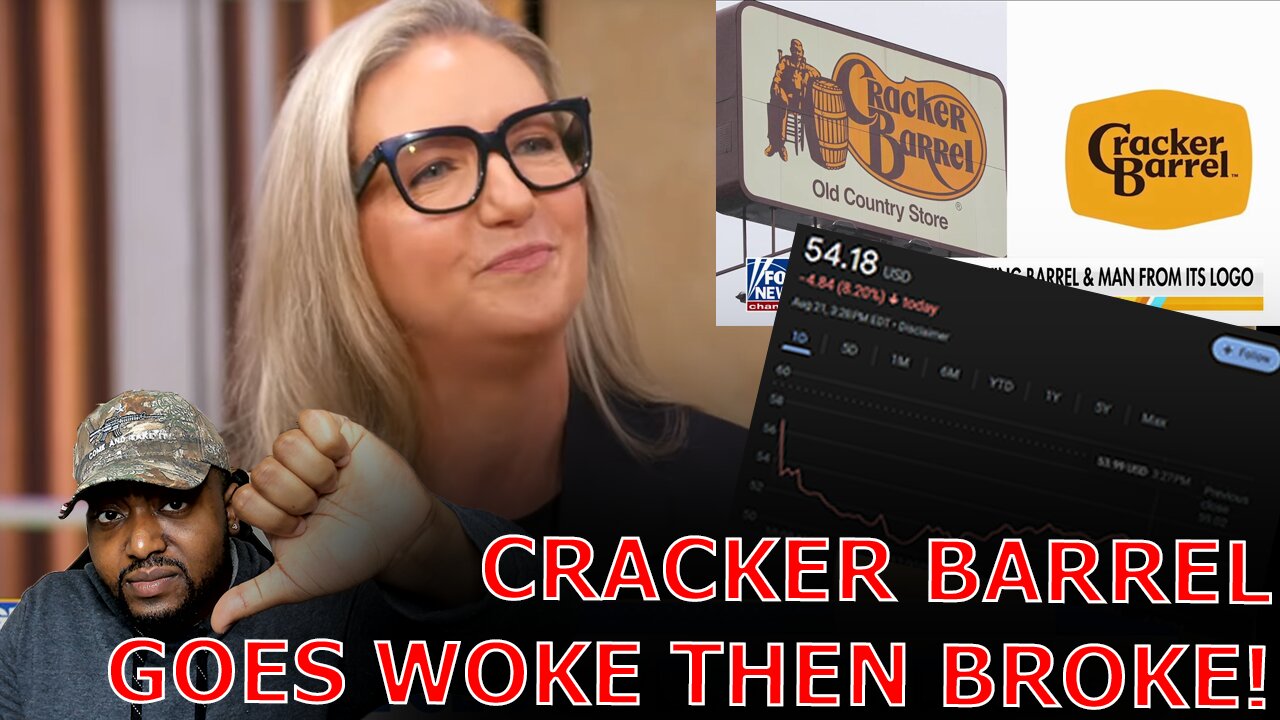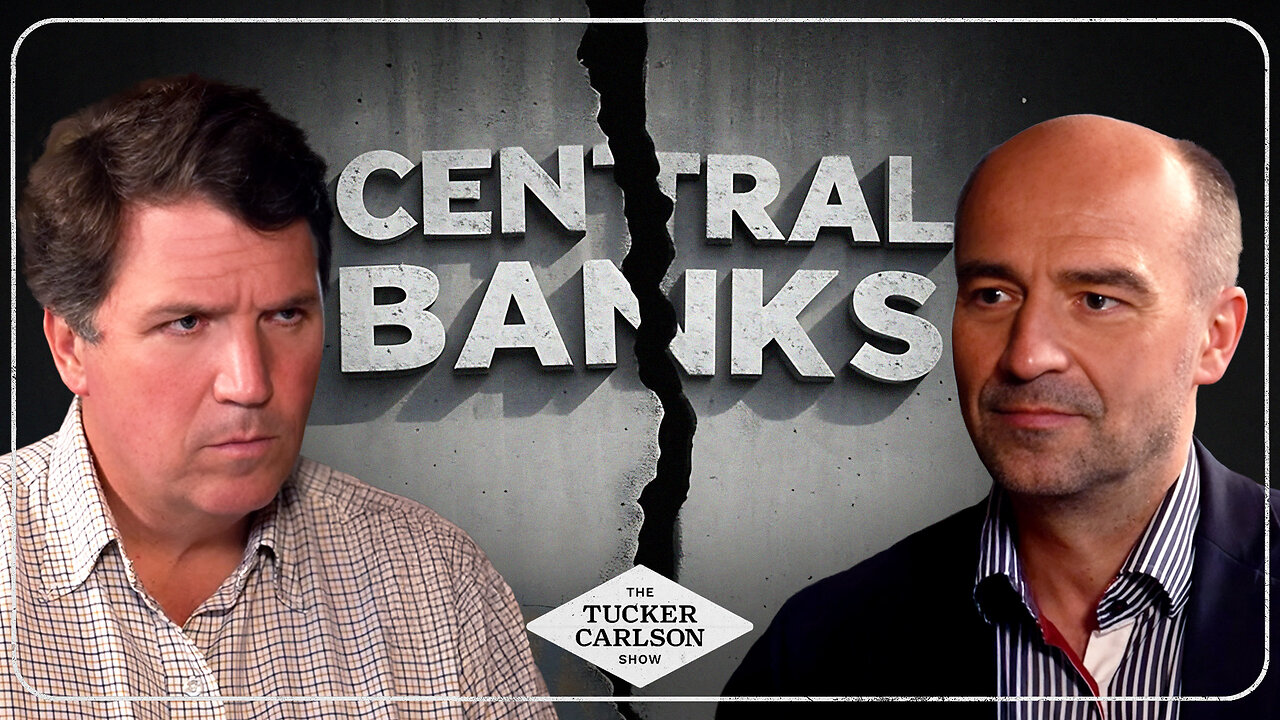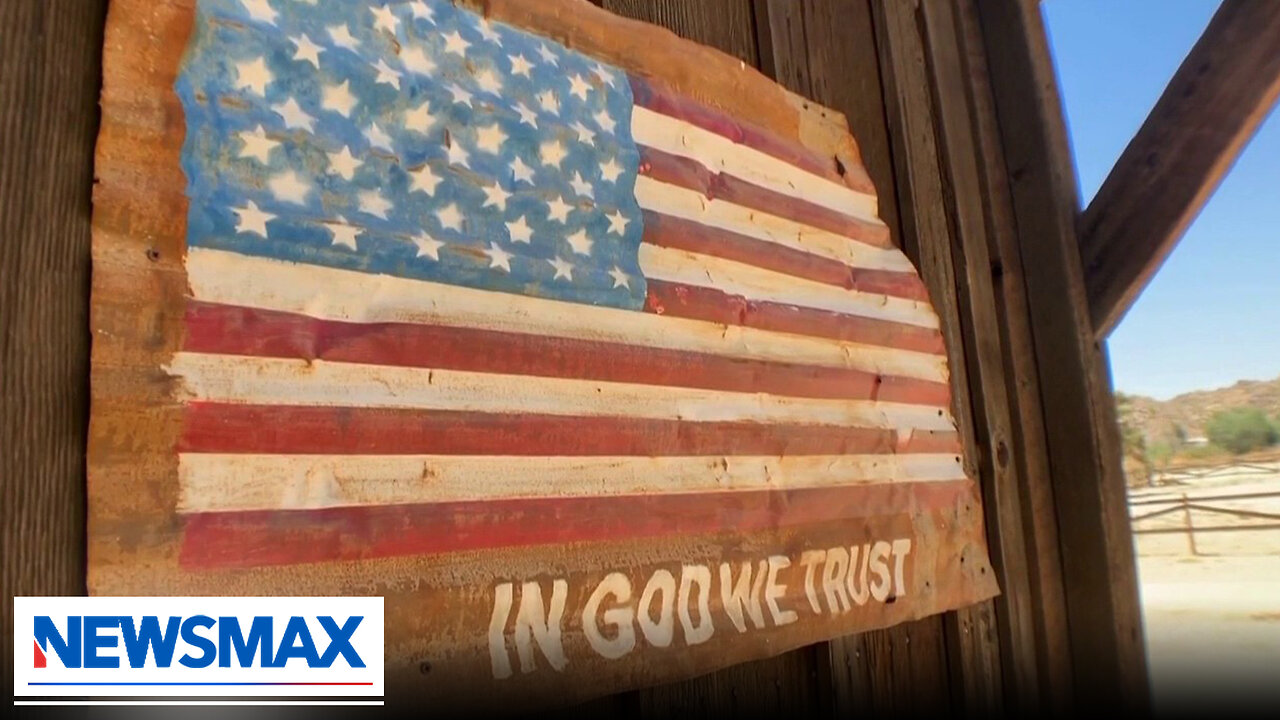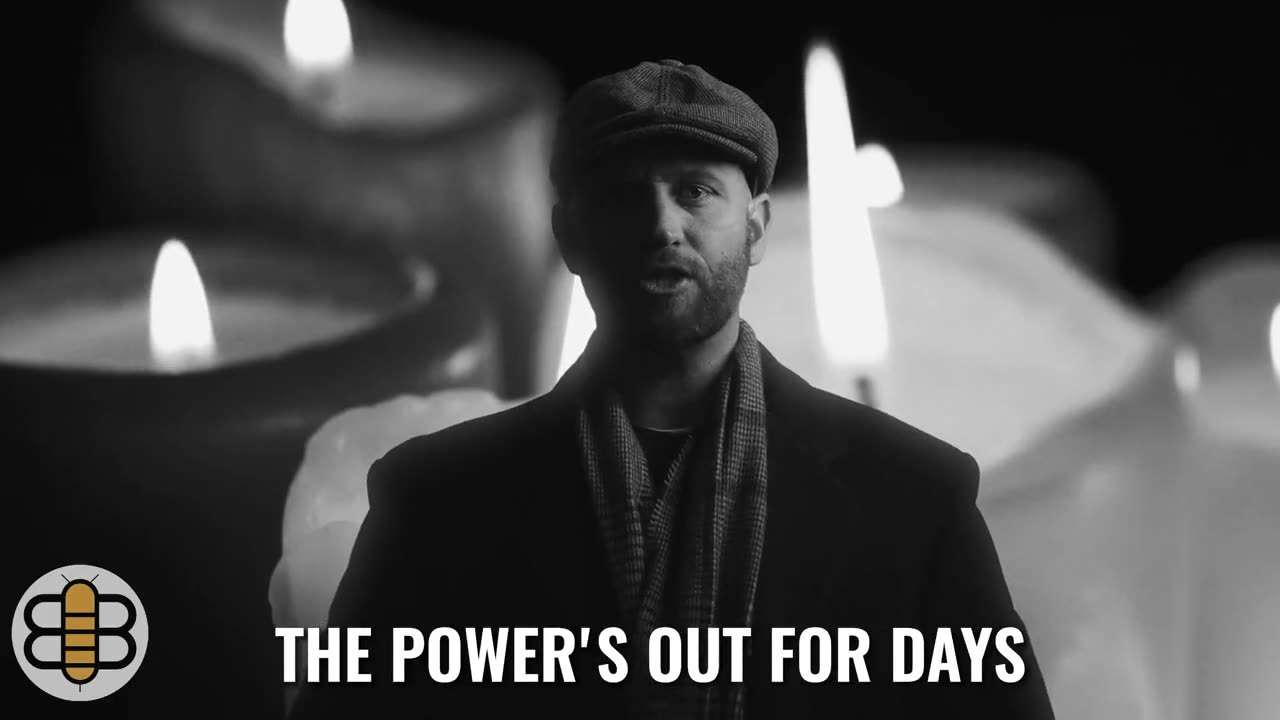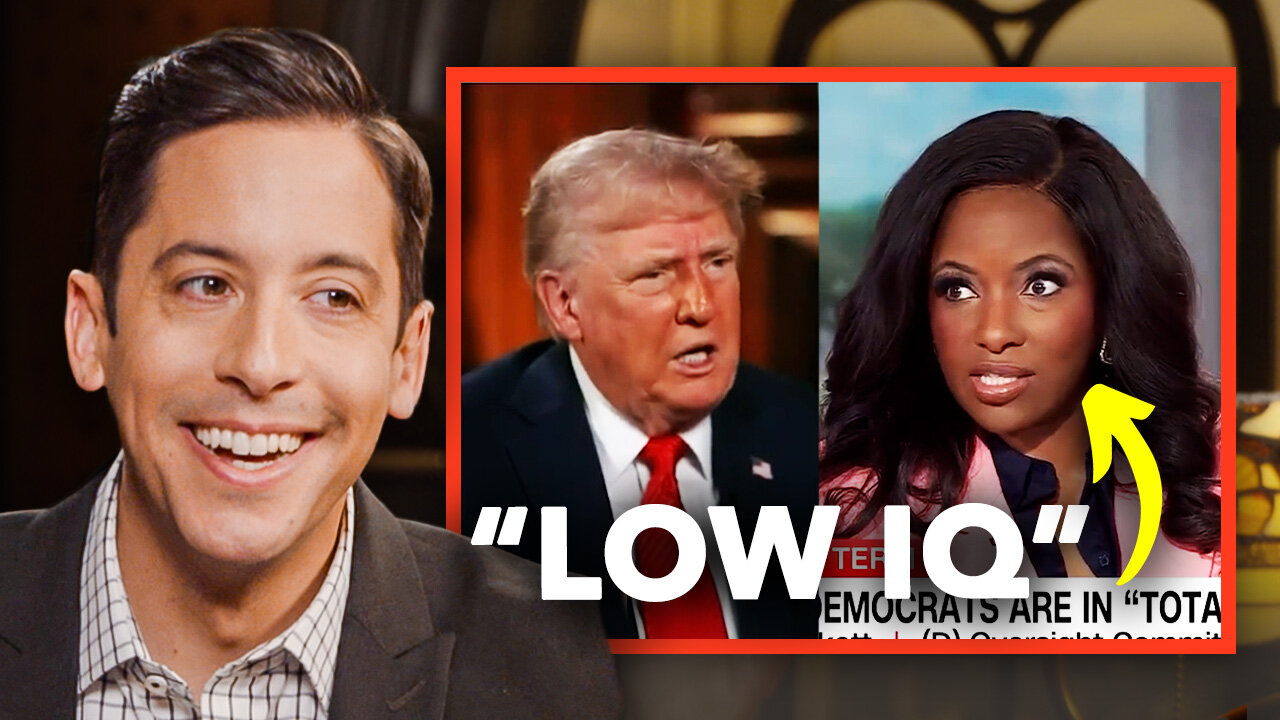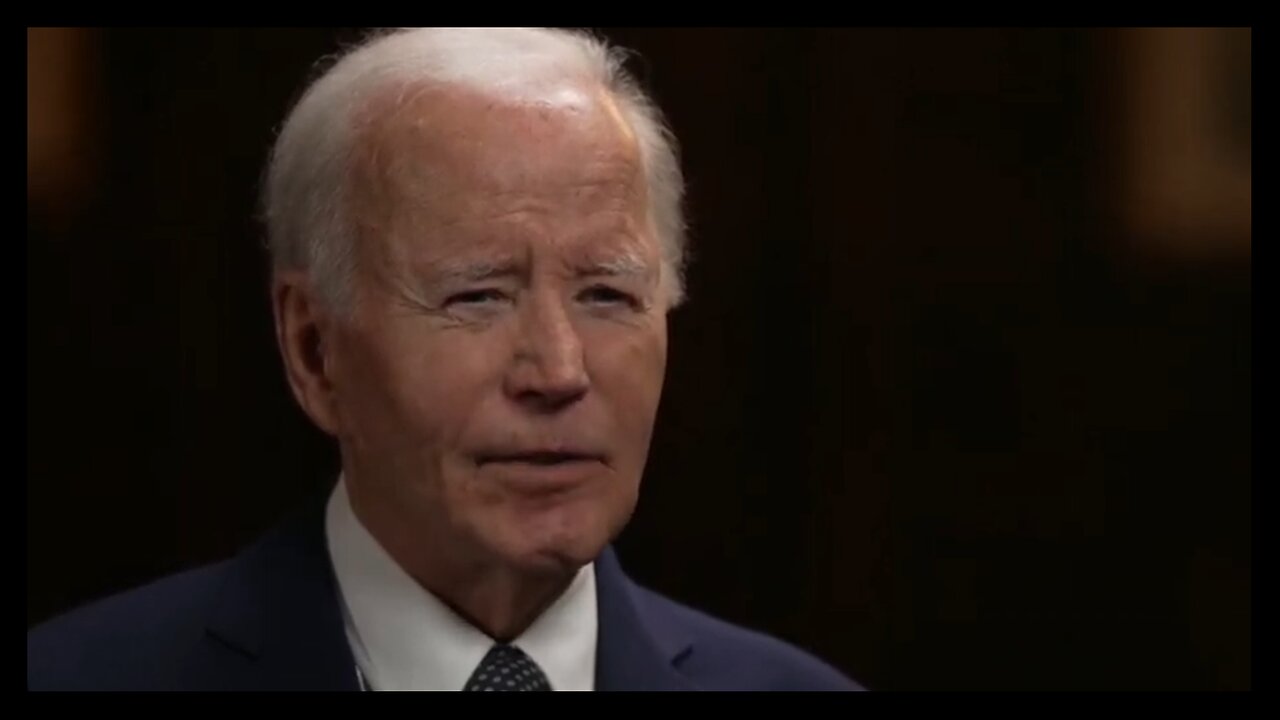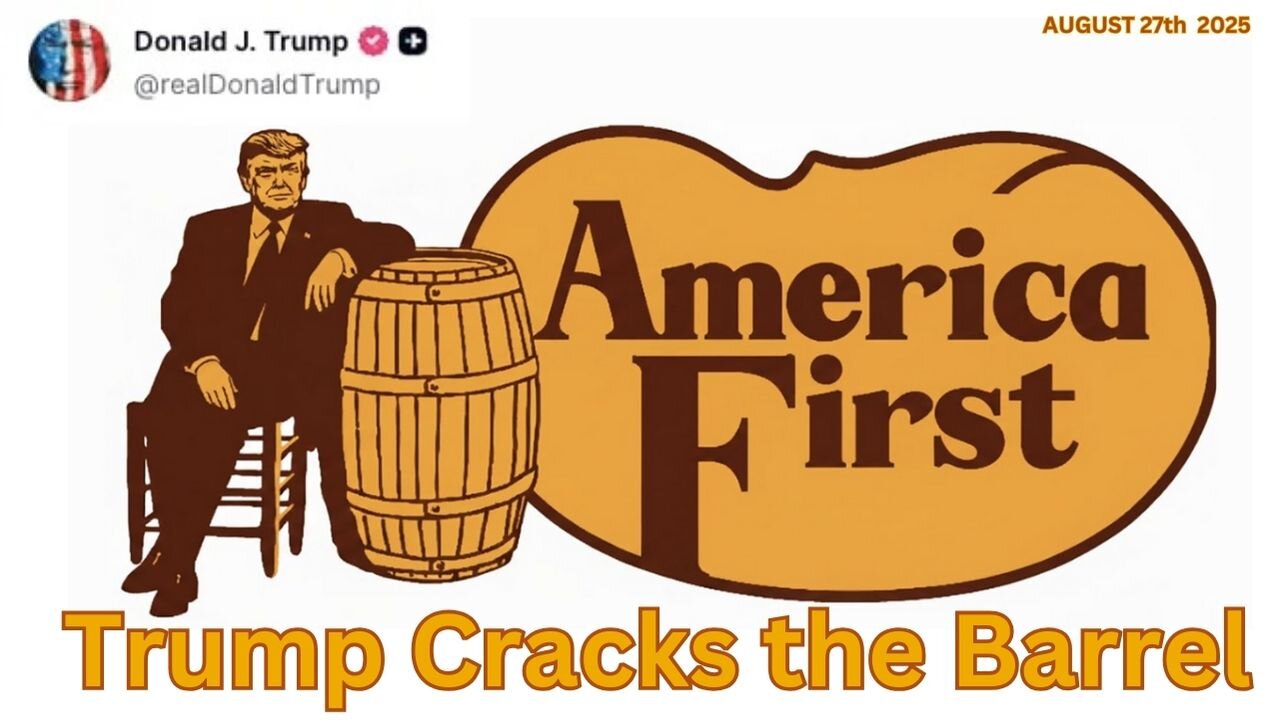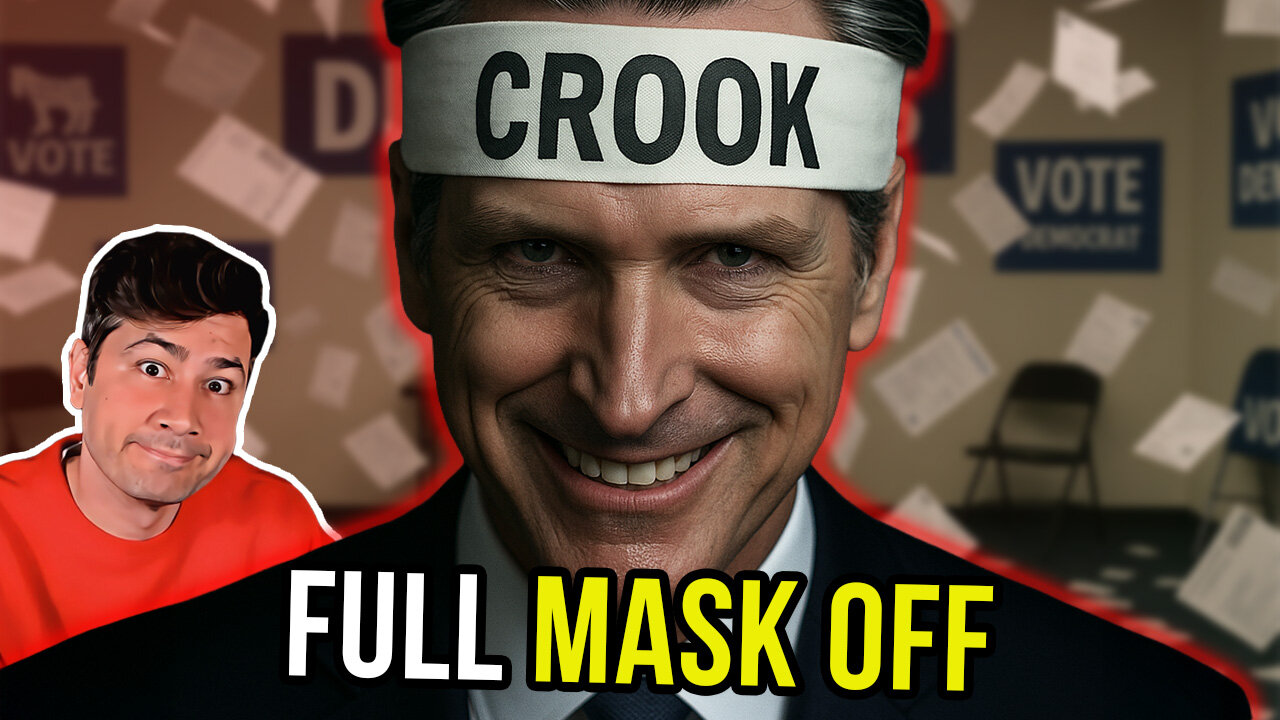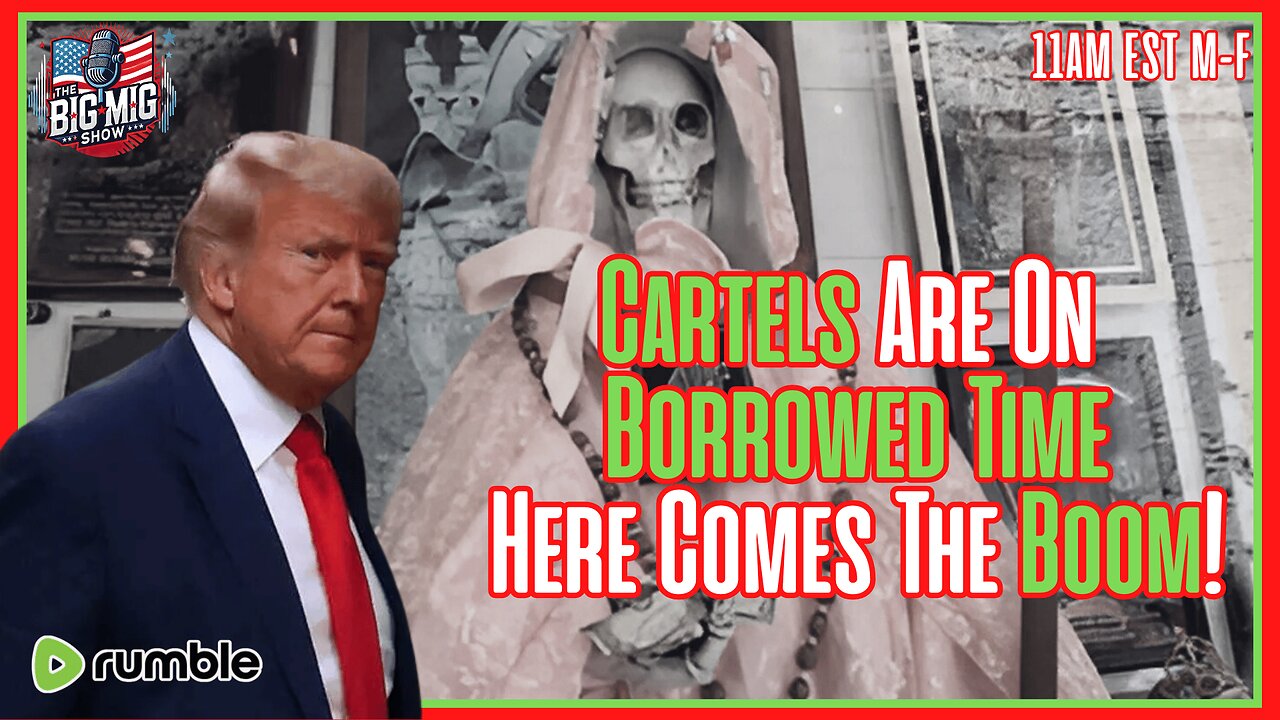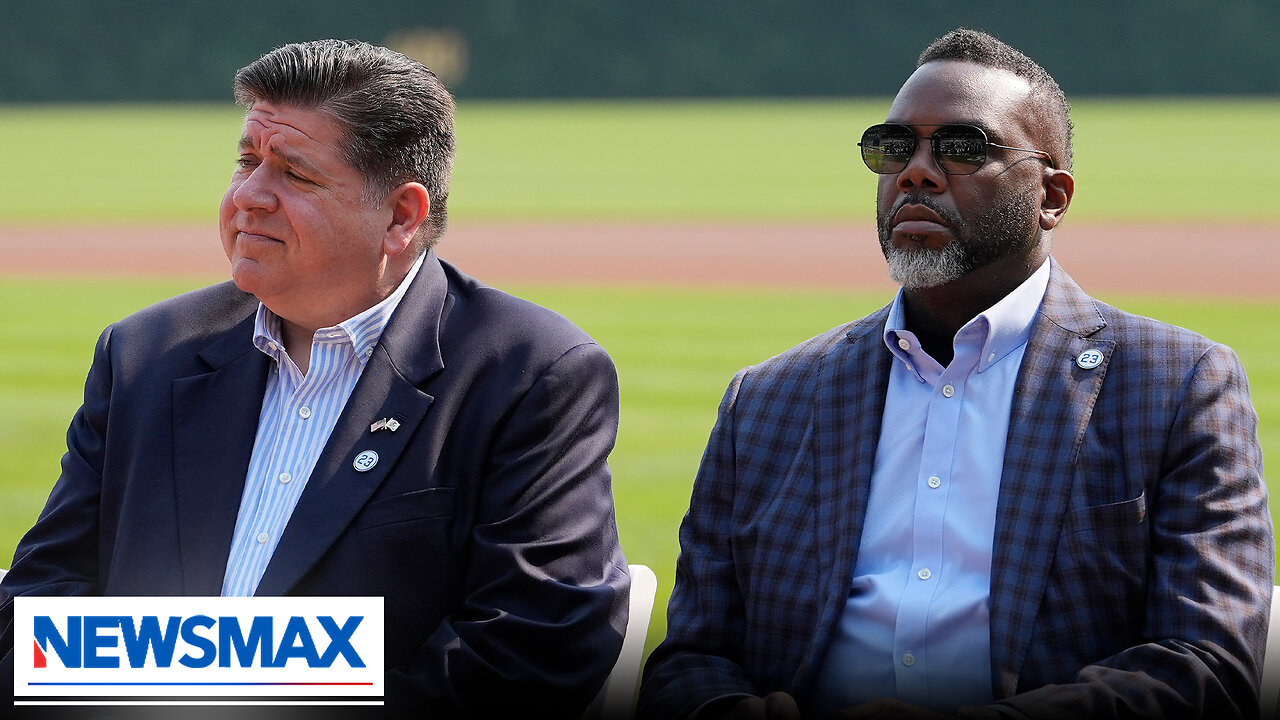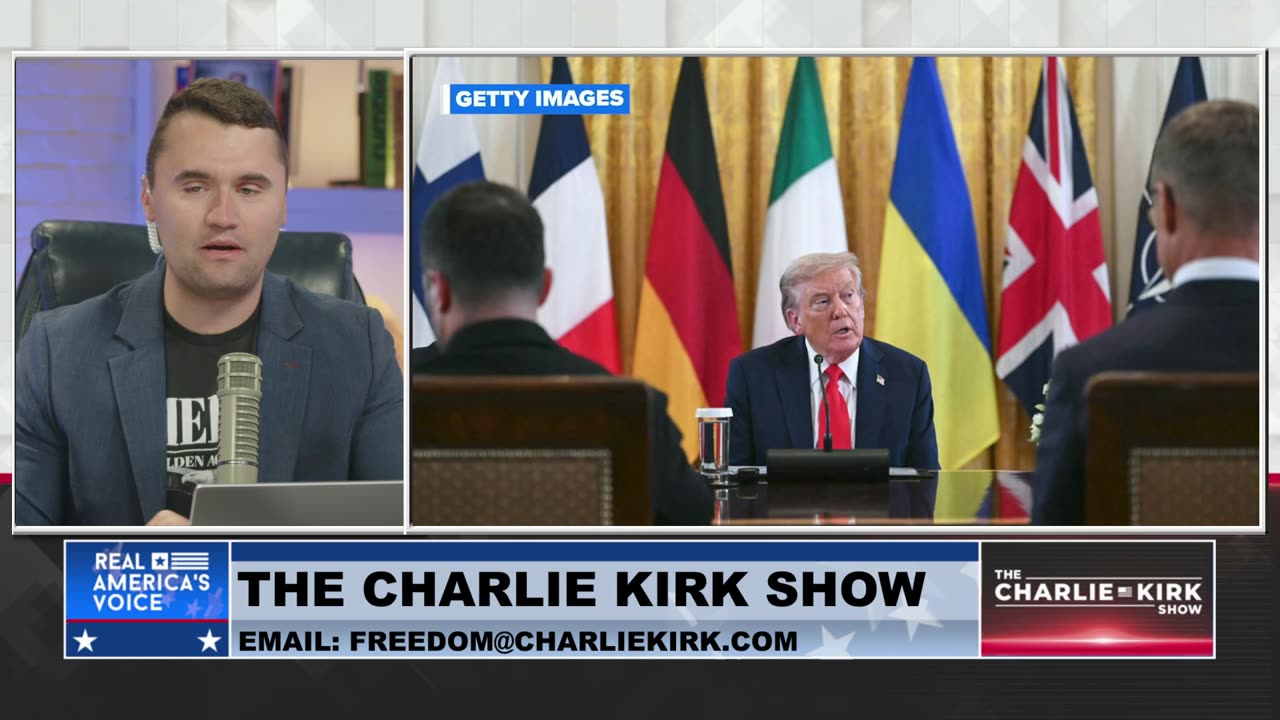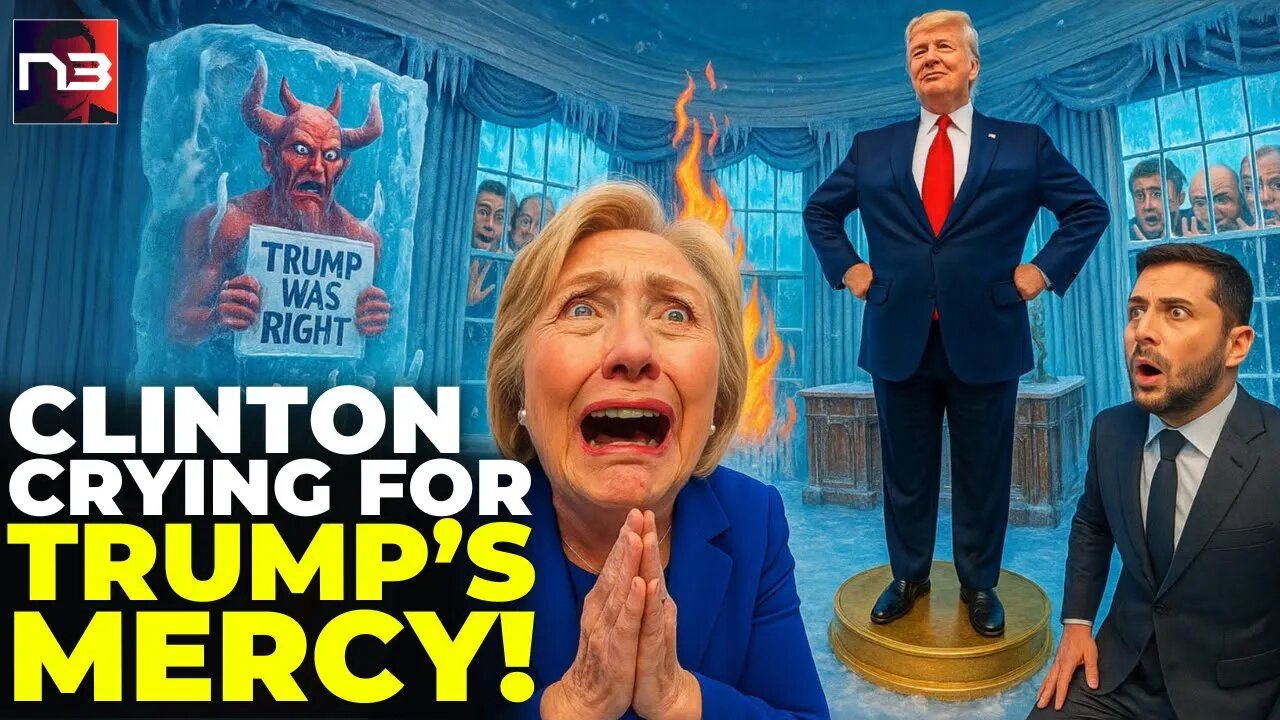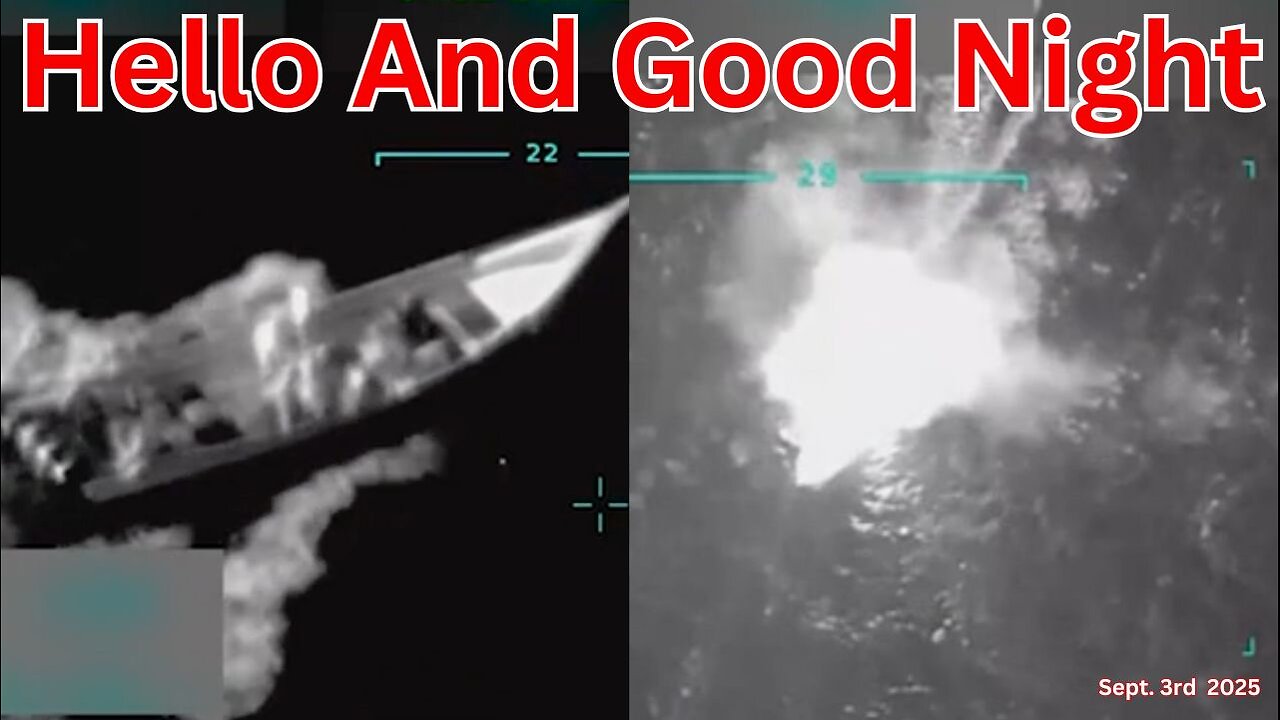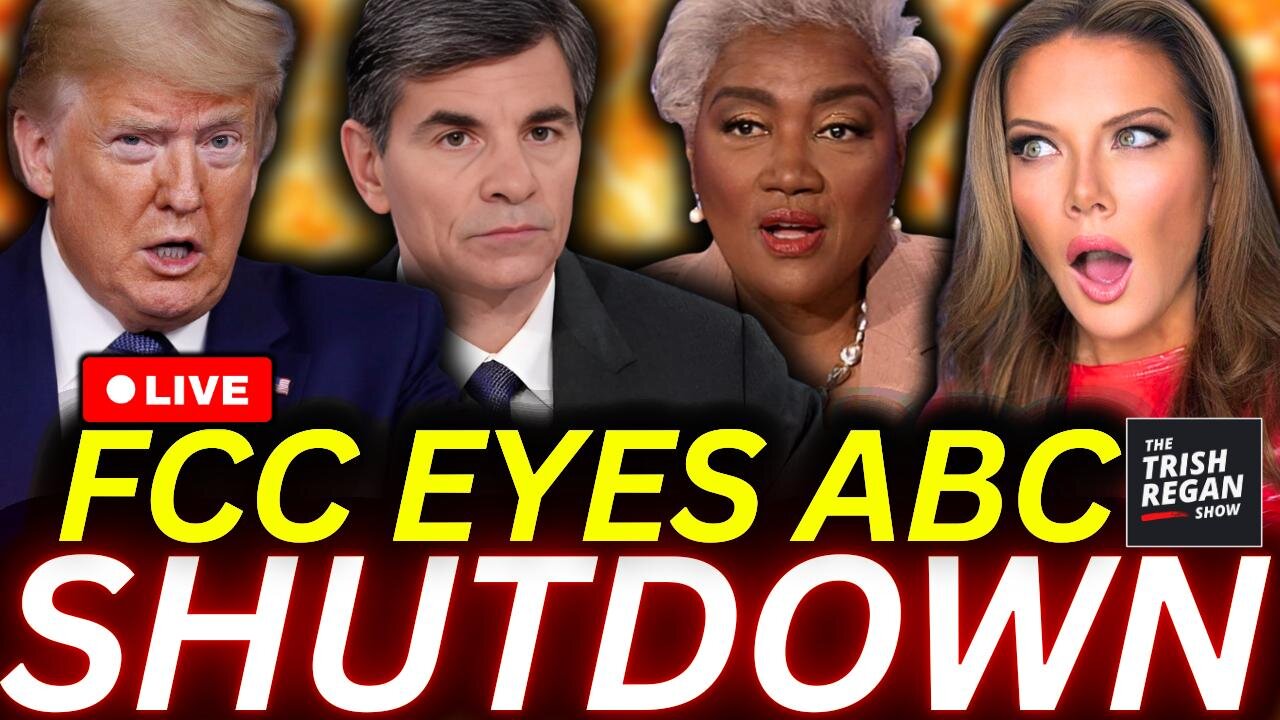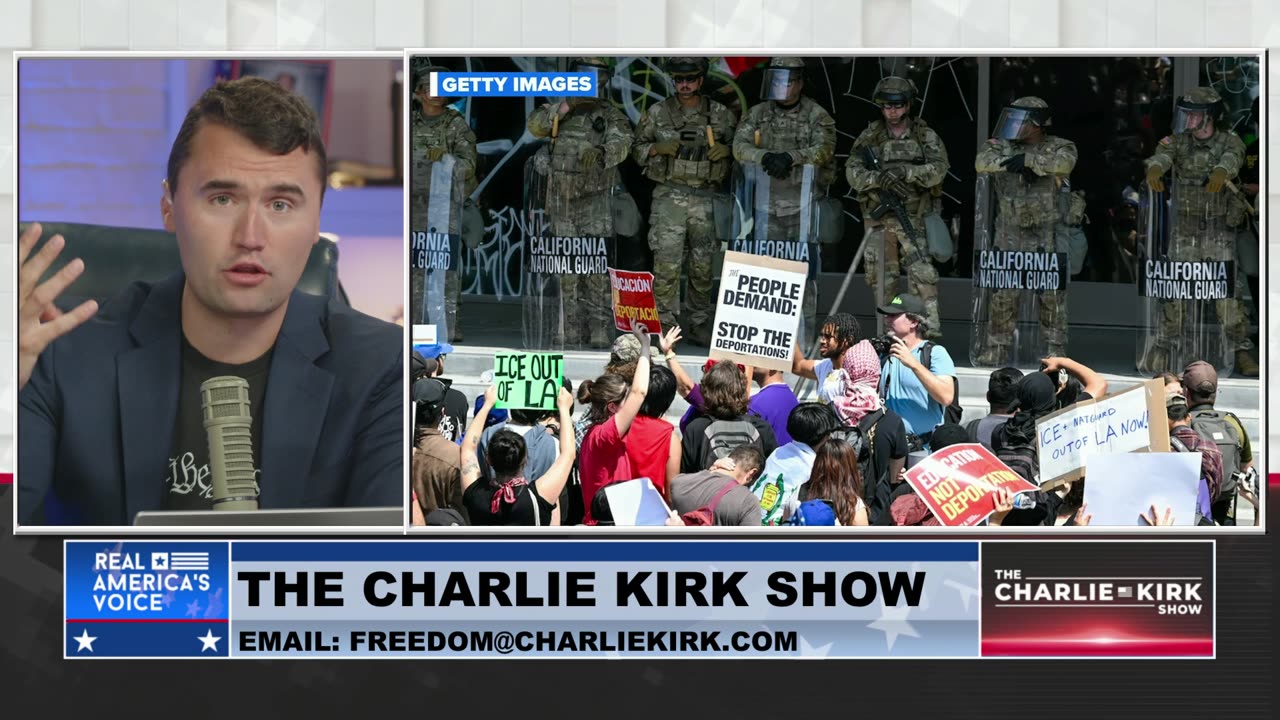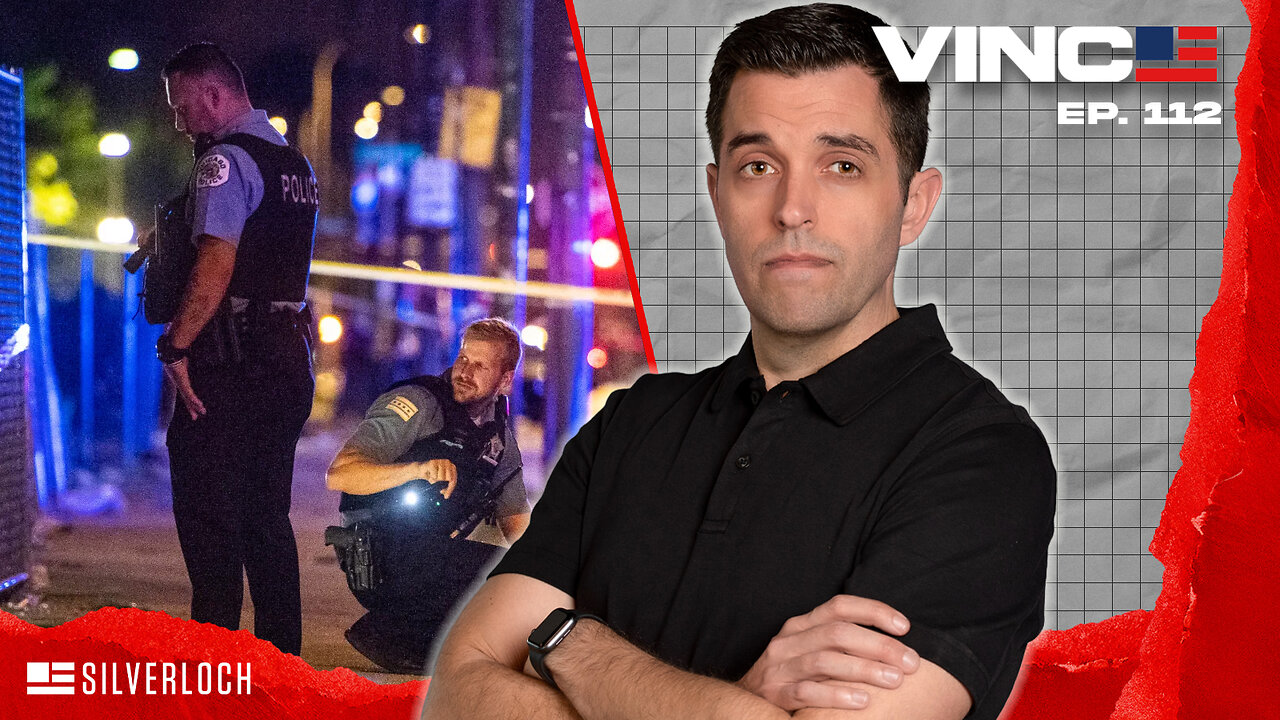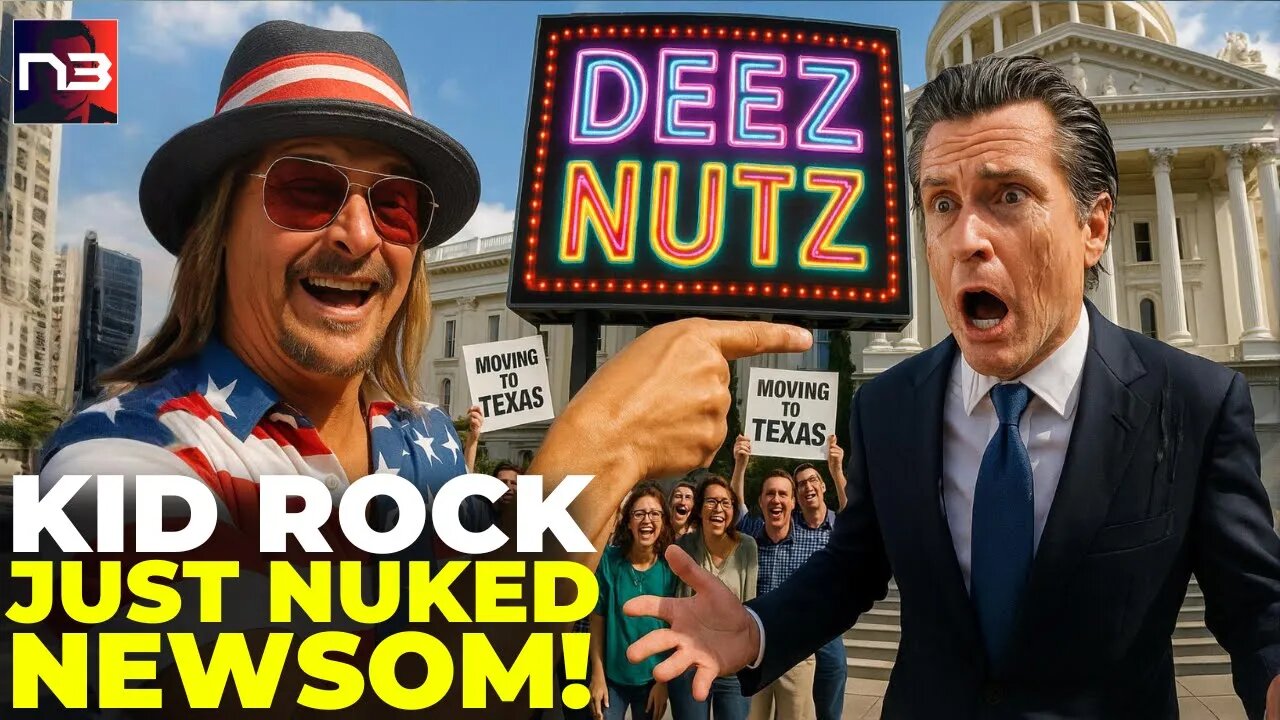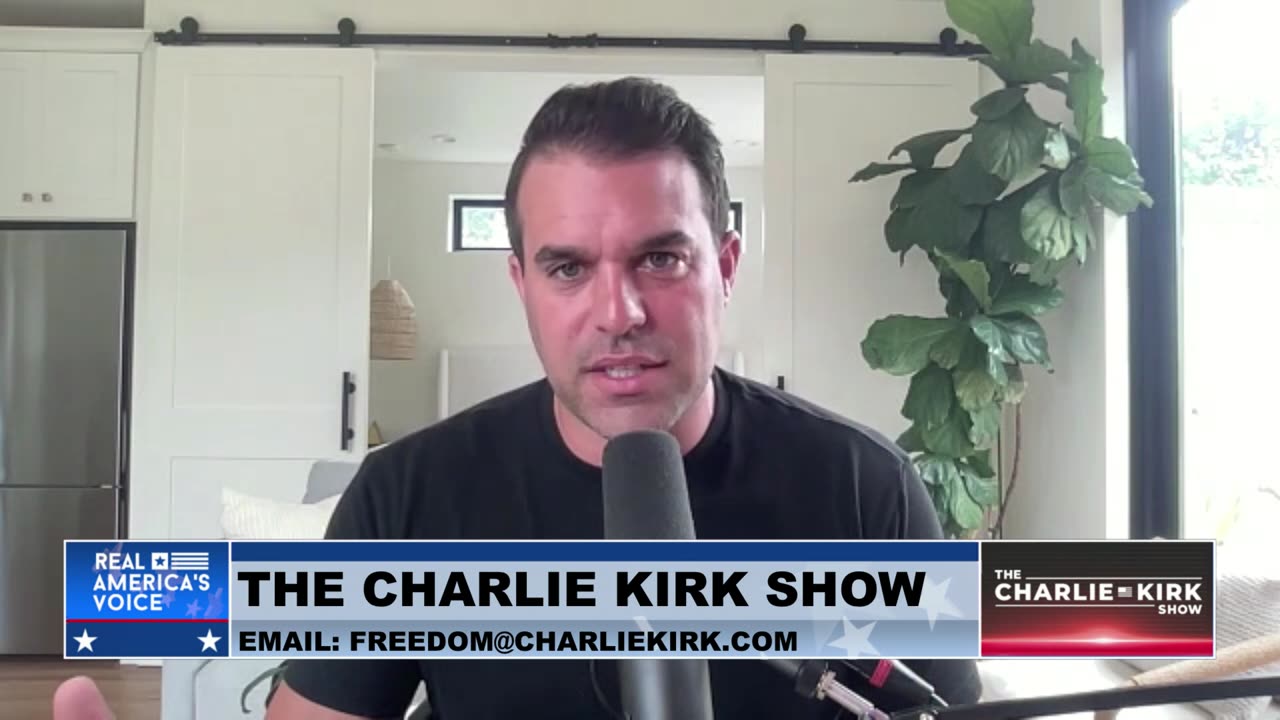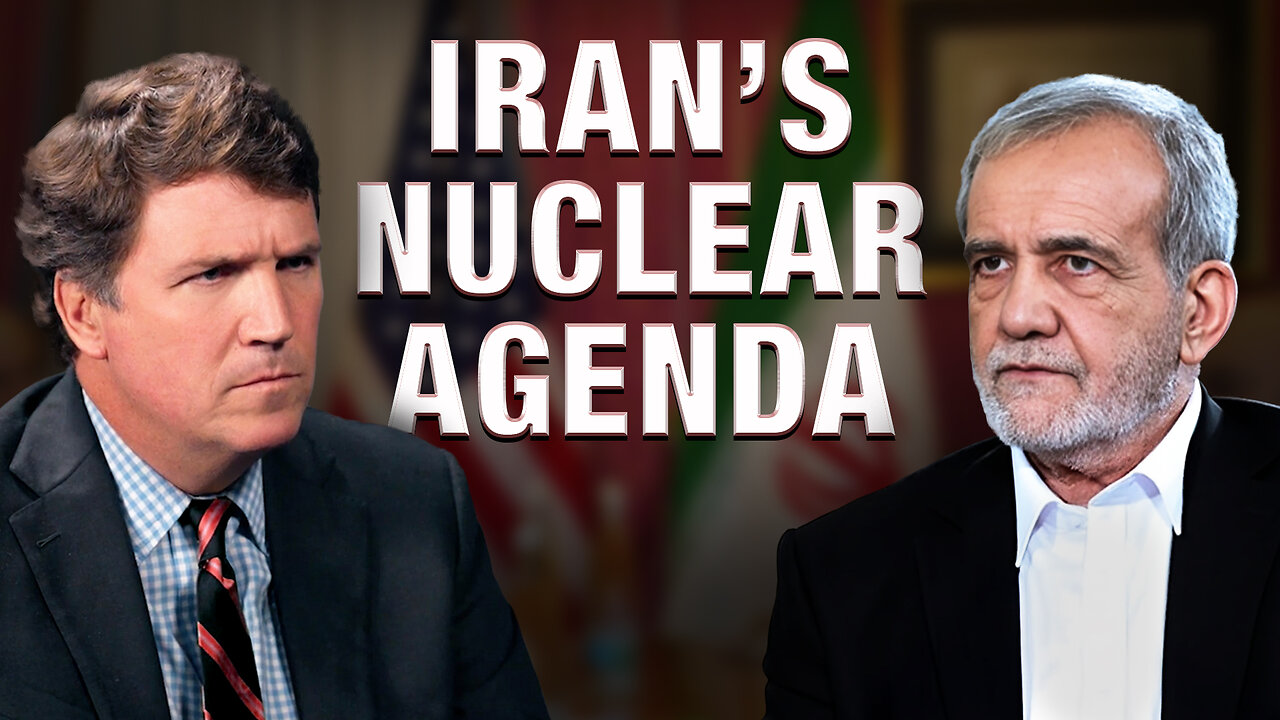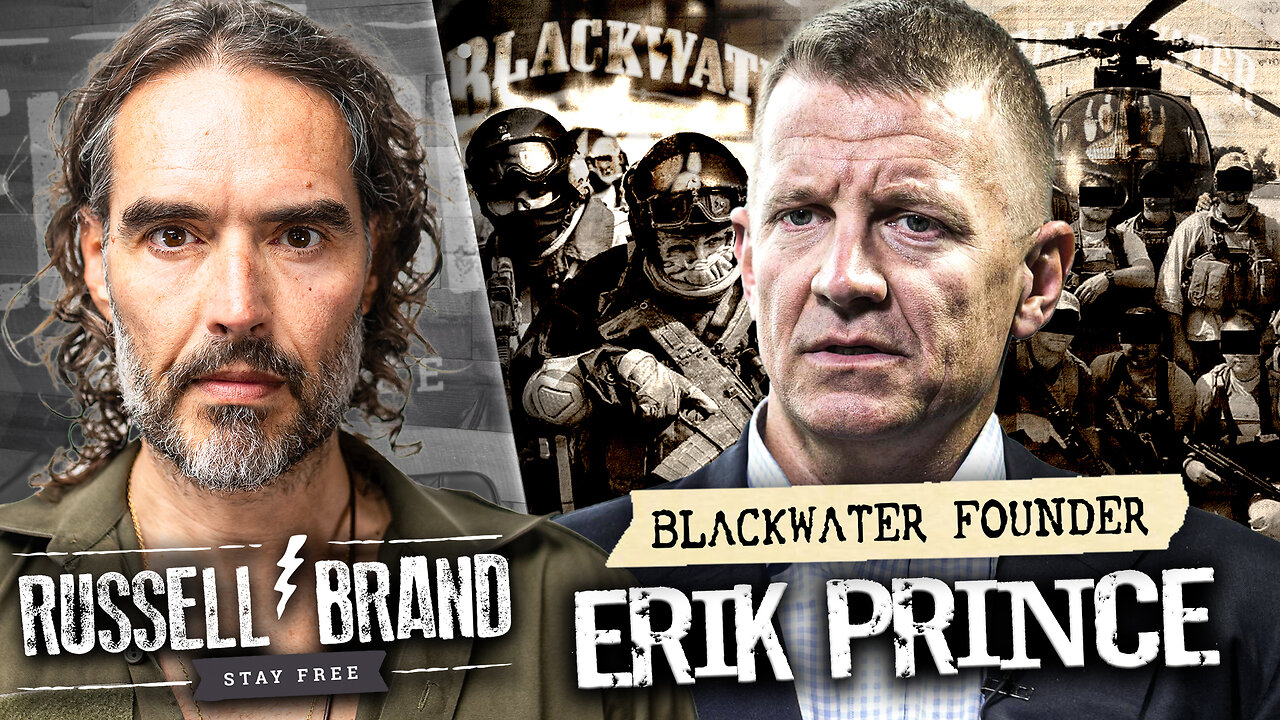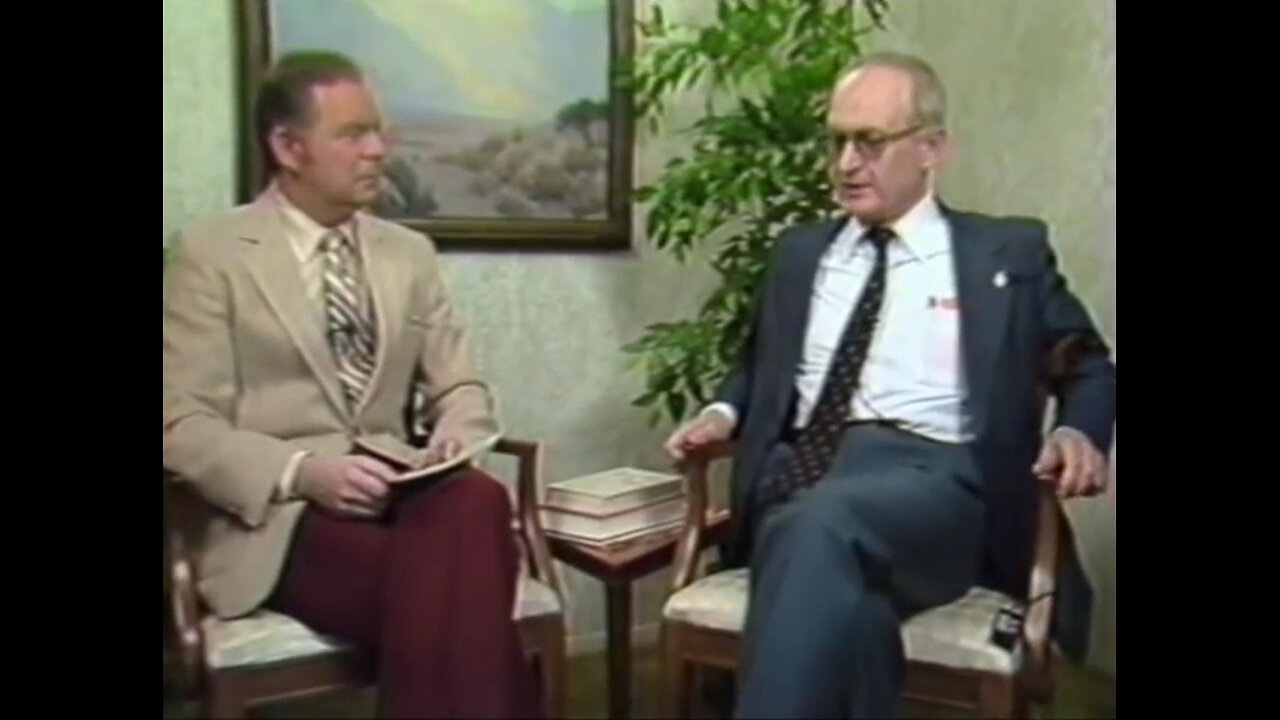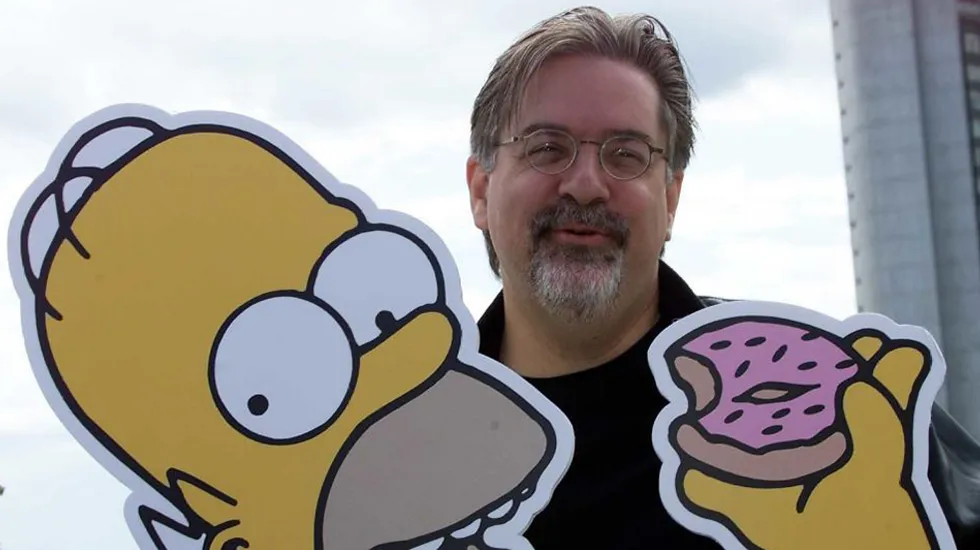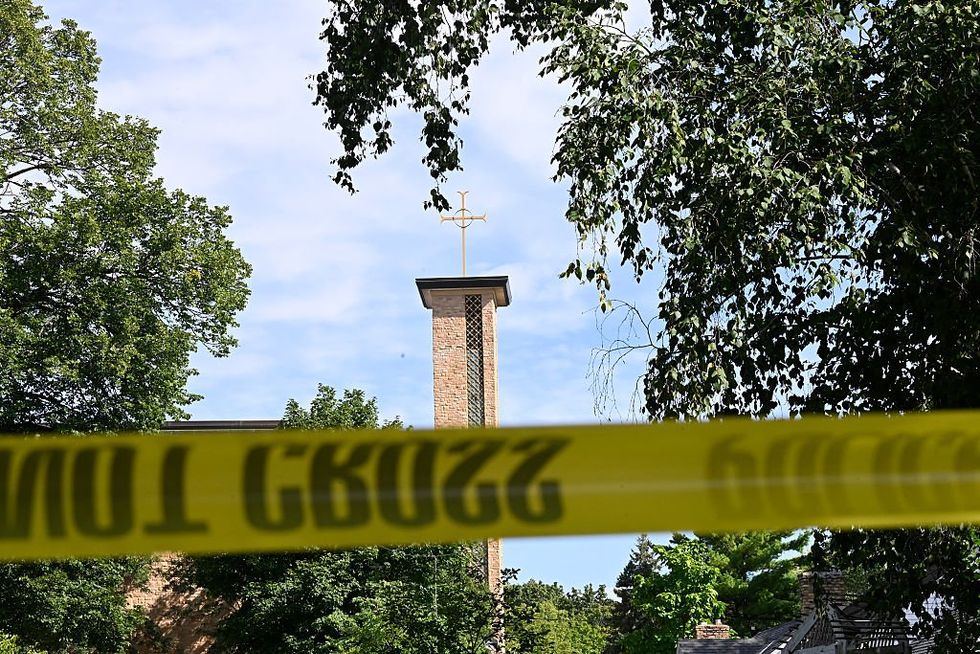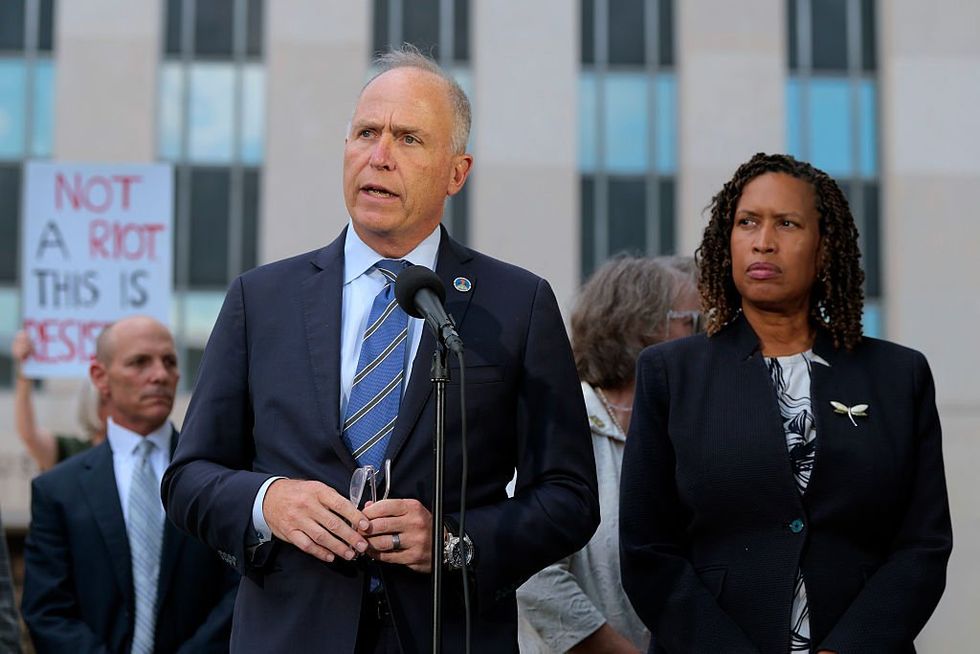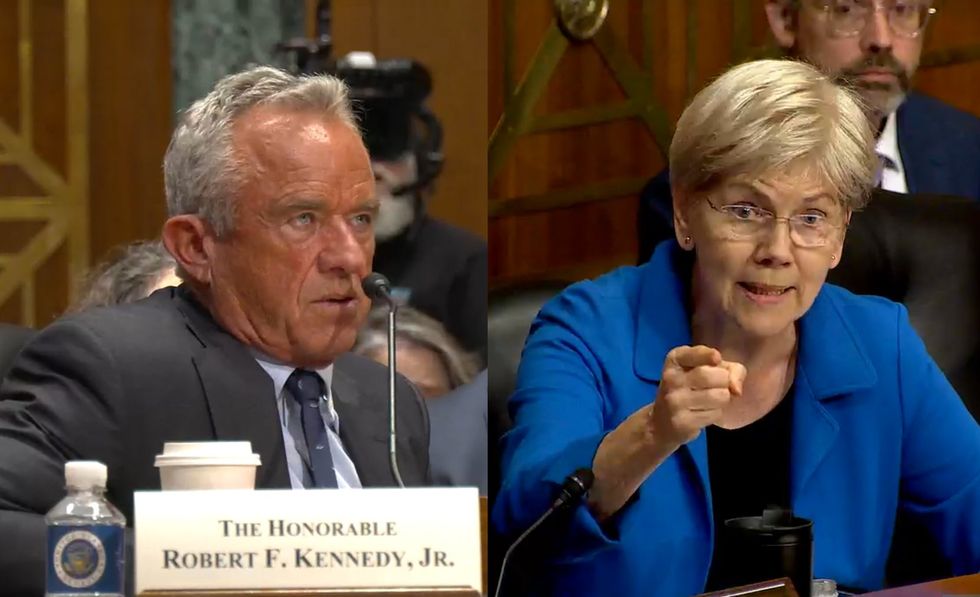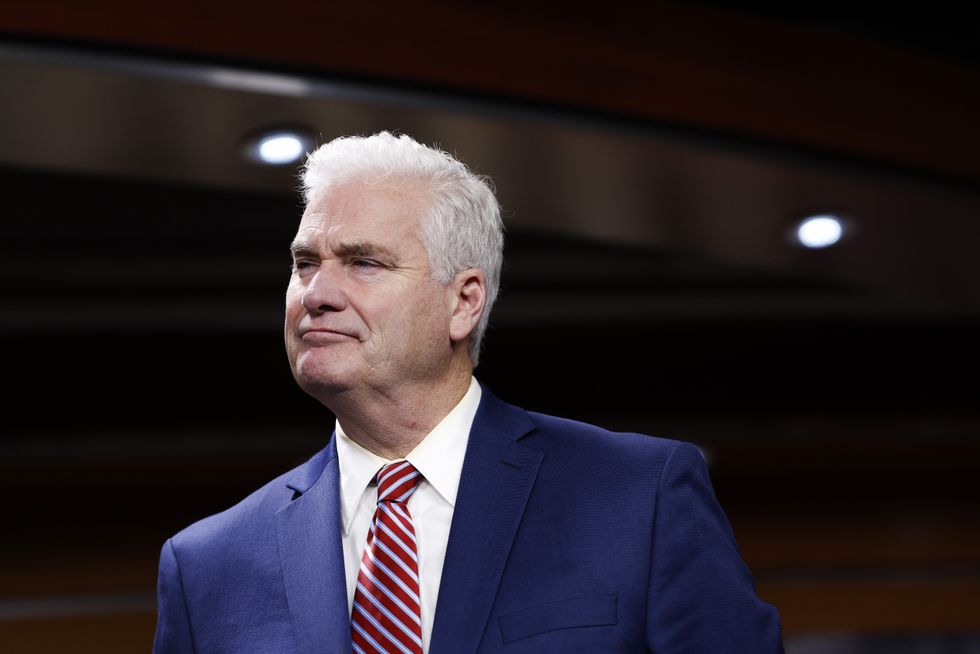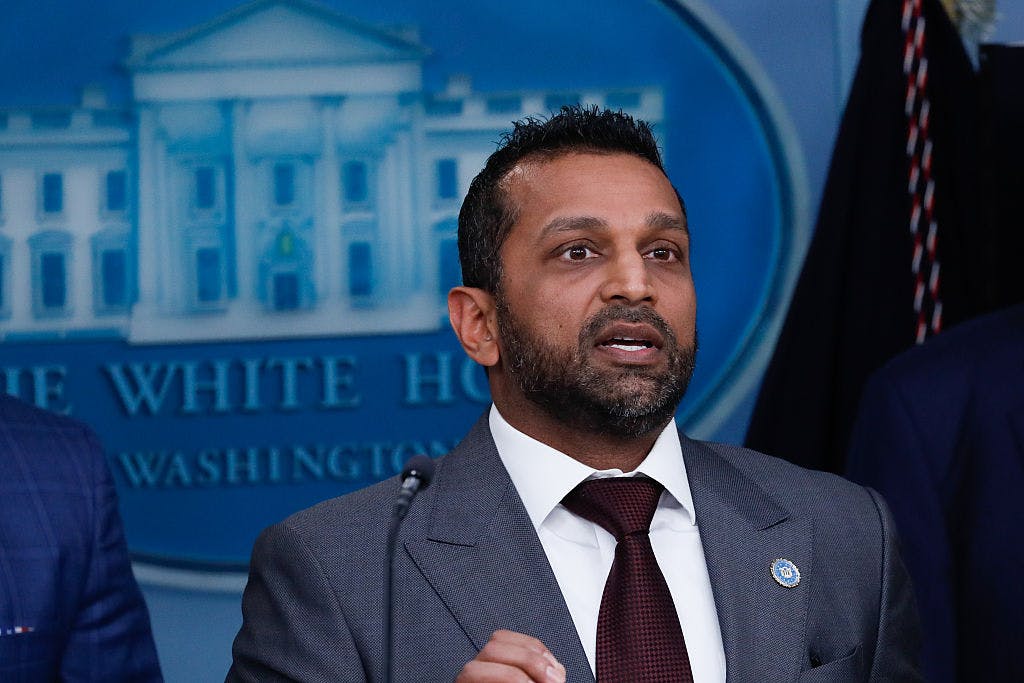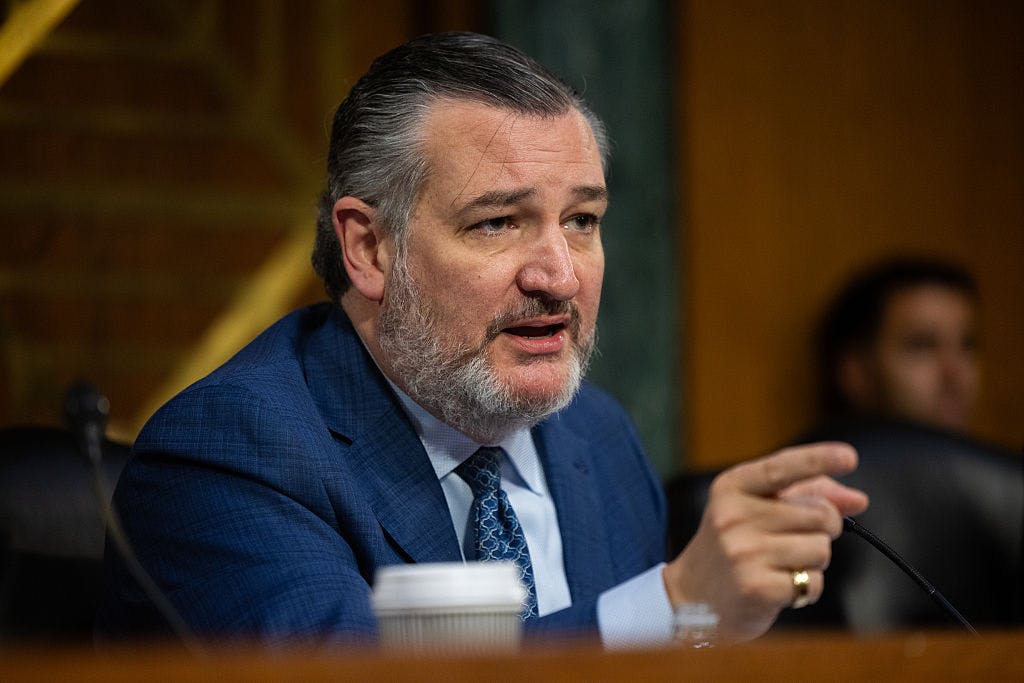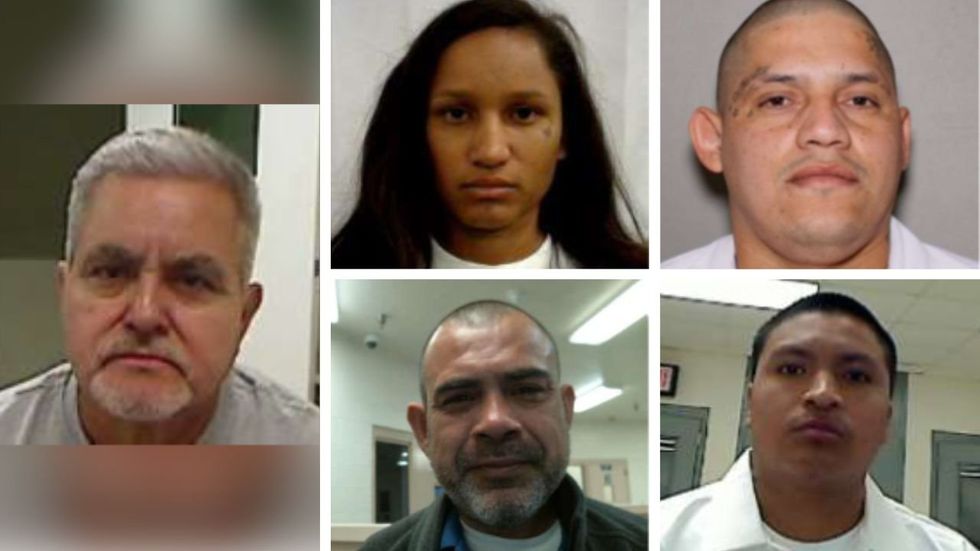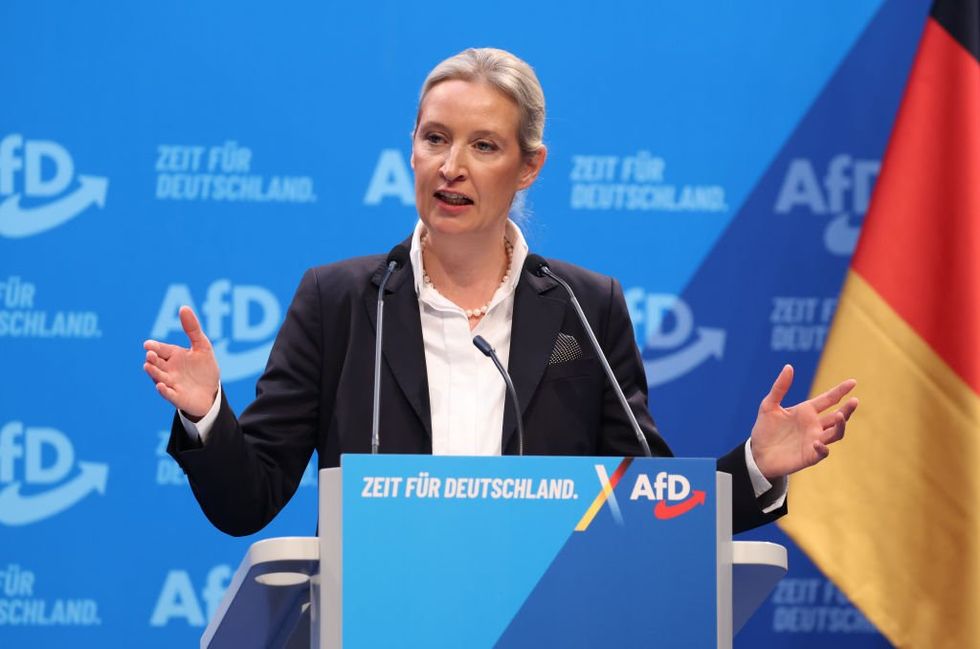Racers for Christ bring the gospel to motorsports
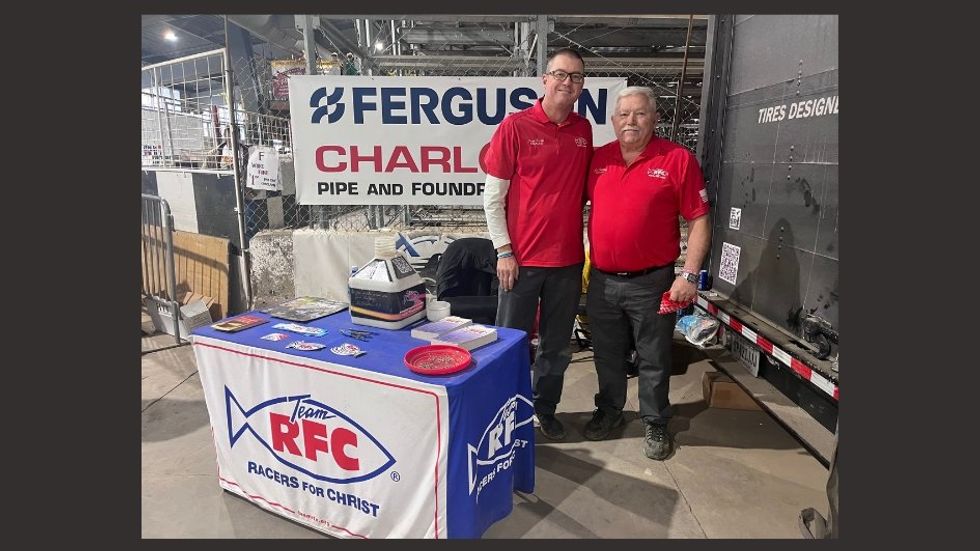

A sheet of paper adorns fencing in the pit area: “'F' WORD $1.00 FINE. PAY THE CHAPLAINS.”
The message, written boldly, sets the tone for the 39th annual Chili Bowl Nationals, the “Super Bowl of midget racing.” Born in the United States in the 1930s, midget racing has since gone global, with tracks on nearly every continent.
'We would love to invite anyone who loves Jesus and has a passion for motorsports to seriously consider joining our team.'
But the Chili Bowl is the world’s largest midget auto event and, as Bryan Hulbert put it in his opening speech, “the world’s greatest race in all of midgets.”
Outside the Tulsa Expo Center, the Golden Driller juts 76 feet into the air, looming over the remnants of a recent polar vortex — dirty snow piled in blackened heaps. But inside, the fumigated air is electric.
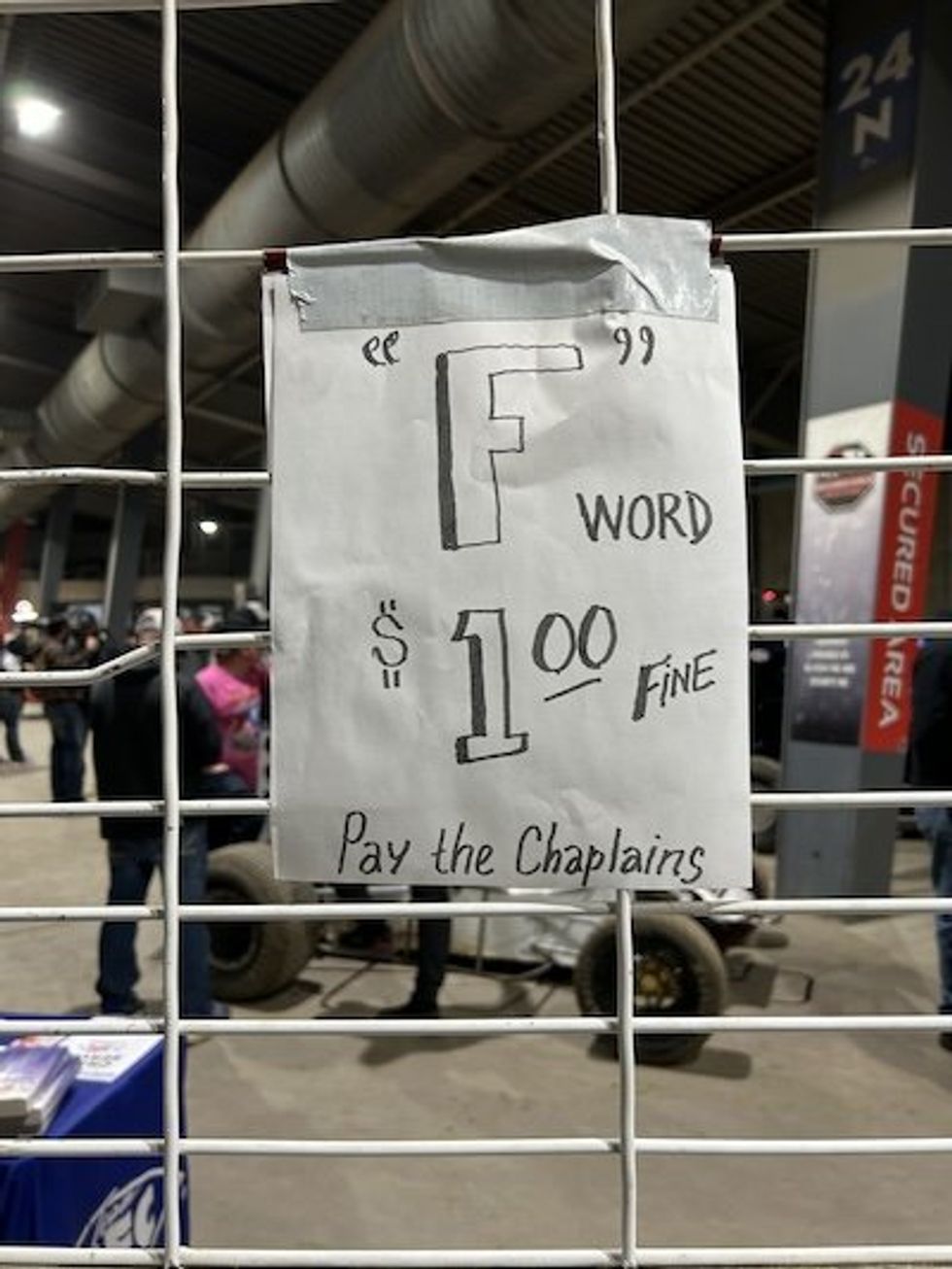 Kevin Ryan
Kevin Ryan
Over six days, racers and fans have immersed themselves in every twist and turn, every victory and upset. Now, on a frozen January evening, the finalists rush to write their names into Chili Bowl history.
Out of 392 entrants, only 24 have fought their way into the A-Feature race, the championship finale. The grand marshal is NASCAR legend Jeff Gordon — a former Chili Bowler.
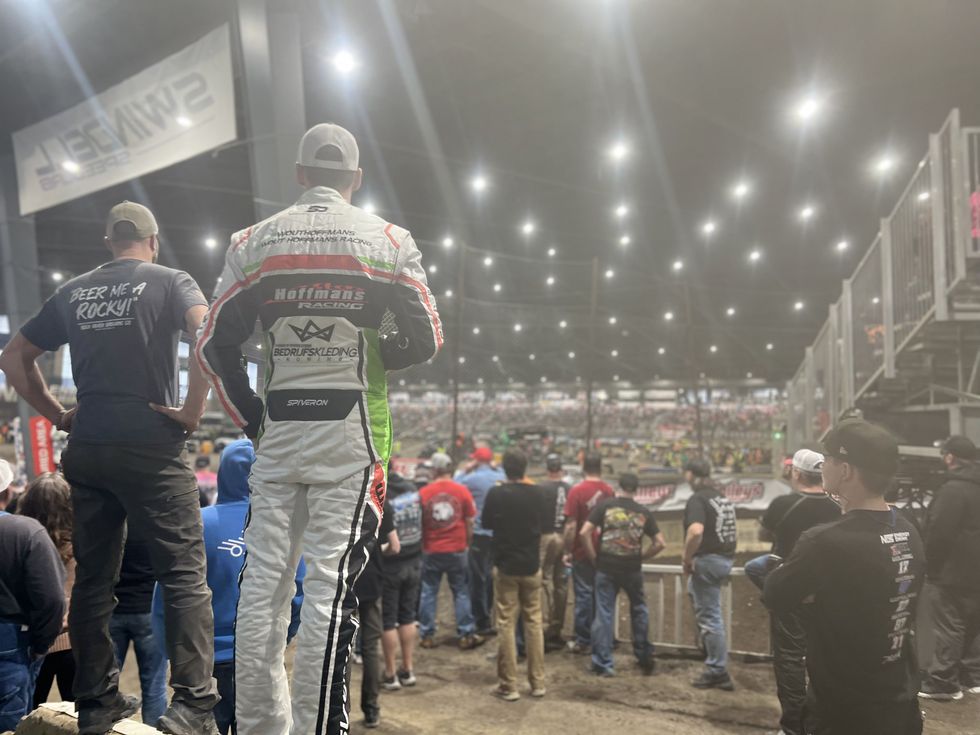 Kevin Ryan
Kevin Ryan
Community and chaos
Each night at the Chili Bowl, a Racers for Christ team member delivers the invocation. For 55 years, this Phoenix-based ministry has served the motorsports community, from NHRA to dirt tracks, bringing a spiritual foundation to every corner of the racing world.
Jim Sheppard, an RFC chaplain with 20 years in the ministry and 12 at the Chili Bowl, described the group's mission: “If it has a motor, we’re part of it.”
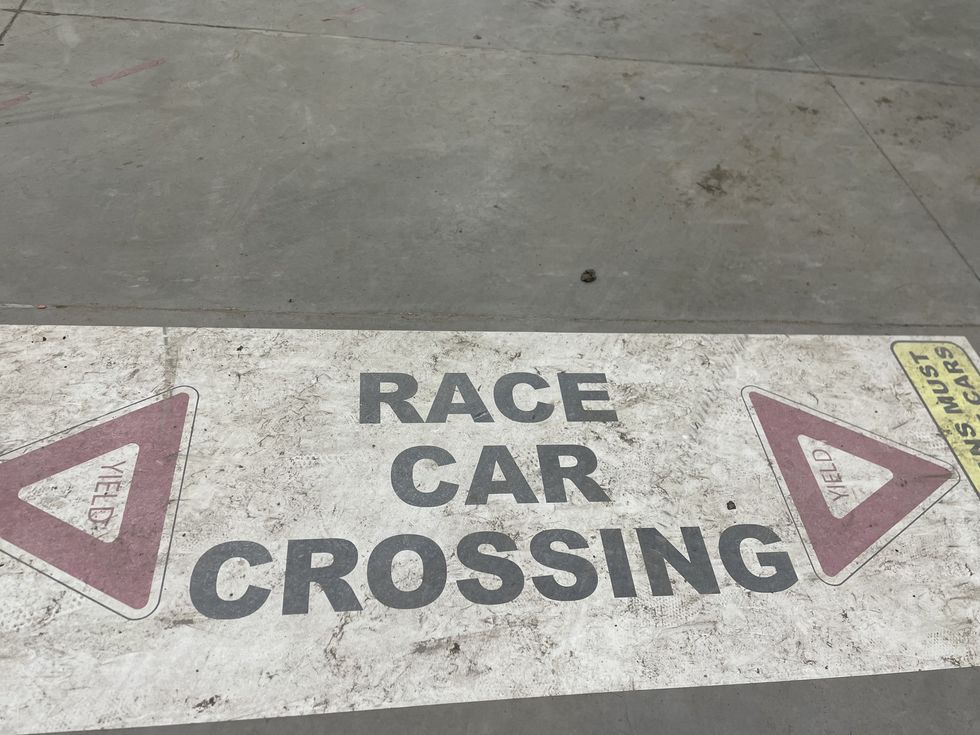 Kevin Ryan
Kevin Ryan
I spoke with Sheppard before the A-Feature, in the heart of the pit. He captured the ministry’s ethos in simple terms: “If someone has a passion for the sport and a passion for Jesus, that’s what we’re looking for.”
“The neat thing about the racing family is that everybody knows everybody,” he said. “It’s a very neat environment for building relationships.”
In the pit, there’s a sense of community and chaos. Rows of luxury trailers and mobile garages line the throughways, while drivers and crews huddle beneath team banners like Swindell SpeedLab and Abacus Racing, making last-minute adjustments and repairs. The camaraderie extends beyond the professionals, encompassing the fans who have made this pilgrimage for decades.
Comfortable being uncomfortable
Beside Sheppard stood Joey Keith, a veteran of the motorsports ministry since 2008 and with RFC since 2012. In addition to serving as a chaplain, Keith manages the South Central and West Central regions of RFC, a position he holds alongside his wife: “We travel as a family ministering to racetracks all across the central part of the country,” he told me later via email.
Keith, an ordained pastor raised in the Baptist church, credits his grandparents as his spiritual mentors. His journey into motorsports began at age 5, working alongside his father, who managed a racetrack in Tulsa, Oklahoma. By 15, Keith was racing himself, but at 26, he felt God’s call to ministry.
Recognizing a gap in spiritual outreach at local racetracks, he began leading weekly Bible studies and church services during race seasons. What started as a bi-vocational effort grew steadily, and by 2012, Keith transitioned fully into ministry, dedicating his life to serving the racing community.
“This ministry is not always comfortable,” Keith told me, “but I do not think we are called to serve and be comfortable. I tell our staff that it’s time to get comfortable being uncomfortable.”
History is filled with examples of faith shining in darkness. Over two millennia, an estimated 70 million Christian martyrs have faced terror with unshaken conviction.
Real life, they understand, takes place on the spiritual plain, not the intellectual or bodily. And life on earth spills everywhere, onto the dirt, out of dust, into mud, then back to ashes.
On the hook
The midget cars at today’s Chili Bowl are far safer and tougher than those at the first event in 1987. These tiny machines, powered by four-cylinder engines, are big enough for just a single driver to squeeze in through the roll cage. Even NASCAR once had a midget division.
Compared to the larger sprint cars with eight cylinders and 800 horsepower, midget cars have to be push-started by a truck or four-wheeler. This is also why they never stop moving — it would kill the engine.
“On the hook” is when a car has to be towed up the ramp to the pit.
Midget car racing isn’t just about skill; it’s also survival. These cars come with their own risks — mechanical failures and crashes often thin the field before the checkered flag waves. The rate of dropouts is known as “attrition.”
Attrition is a brutal reality. When a car spins and gets collected in another car's wreck, hopes of victory vanish in a split second. Arm restraints keep drivers safe in rollovers, and catch fences stand between flying debris and the crowd.
Plentiful harvest
“We’ve got guys who have been with the ministry since day one, and we also have new chaplains just starting out,” Jim Sheppard shared. Then he pointed to a nearby woman. “It’s her first event. So we have the whole spectrum covered.”
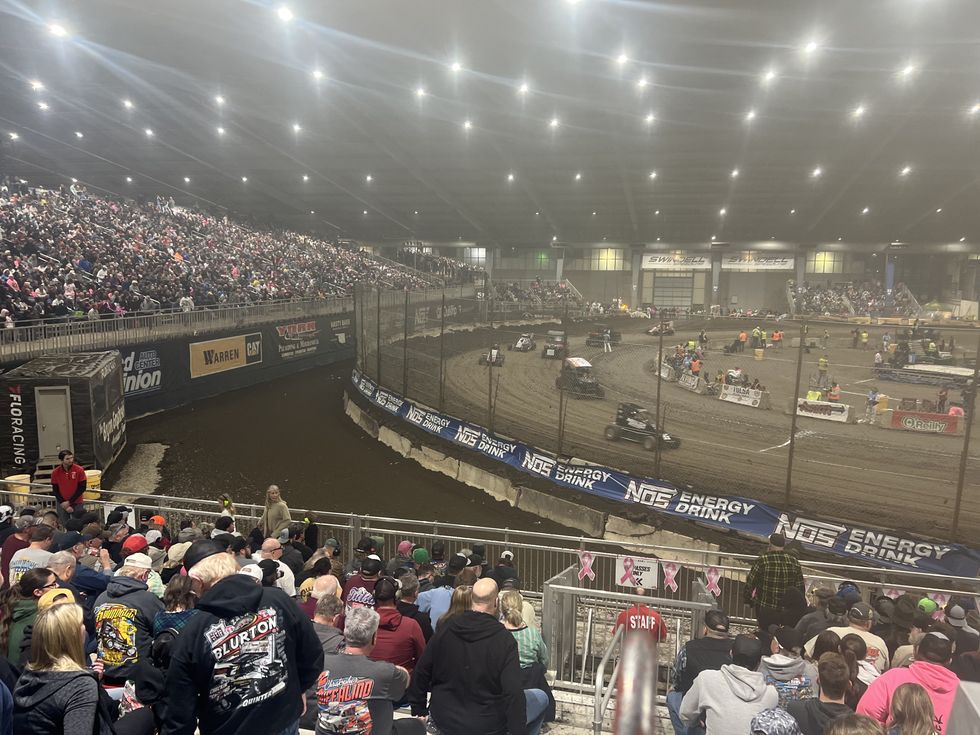 Kevin Ryan
Kevin Ryan
“It’s not about a specific denomination; it’s about the heart and the calling,” Sheppard said. RFC’s team includes chaplains from diverse Christian traditions — Nazarenes, Baptists, Catholics — but their mission is the same: to train, educate, and spread the gospel to the racing community. “The most important part is the Christ-centered aspect.”
Joey Keith echoed this: “We would love to invite anyone who loves Jesus and has a passion for motorsports to seriously consider joining our team,” he said. “We get calls weekly requesting ministry support. … There is a hunger more than ever right now.”
As the organization looks toward the future, RFC remains focused on expanding its reach. There’s always more to do.
Keith closed his email with a reminder from Luke 10:2: “The harvest is plentiful, but the laborers are few. Therefore pray earnestly to the Lord of the harvest to send out laborers into his harvest.”
His love endures forever
In the heart of Oklahoma’s Bible Belt, Racers for Christ find fertile ground for the mission. They can share the gospel freely, praying openly with racers and their families.
“Here, we’re able to be very vocal," Chaplain Jim Sheppard told me. "We can even say Jesus’ name.”
But the path isn’t always so smooth. In the Northwest, the ministry faces a different reality.
“There’s one racing group where I’m not allowed to say the name of Christ,” Sheppard admitted. But this leads to a resolution like Psalm 118 (“The stone that the builders rejected has become the cornerstone”). Sheppard’s resolve is unwavering. “The relationships we’ve built over the years make it all worthwhile.”
Joey Keith echoed this sentiment, describing RFC’s approach as a full-spectrum effort to serve every corner of the racing world, to “touch every part of the event, whether it’s praying with drivers, praying for the Chili Bowl staff and safety teams, or being present in the pits with families and crews.”
Keith describes the ministry itself as a team, working together for a common purpose. The metaphor is fitting, reflecting the unity and focus needed in faith, a reminder that belief can thrive in unexpected places, even among roaring engines and dirt tracks.
Fighting the good fight
Before the A-Main, racers roll into a four-wide salute to the fans — a moment of unity and respect that electrifies the crowd.
Dirt racing isn't an end to itself. Its true purpose is not the results or even in its value as entertainment.
It is a pathway to improvement, a template for redemption. In 2 Timothy 4:7, Paul writes "I have fought the good fight, I have finished the race, I have kept the faith."
I spoke with Luis Fernando Aragon, a professor at the University of Costa Rica. He forwarded a nine-article series about athletes who profess the Christian faith with an evangelical zeal. He argues that most examinations of Christian athletes focus on the use of religion or faith as “an inspiration to be more competitive, to train harder, to improve performance: the Christian faith as a tool.”
He offers a different angle: “Sports as a tool to help us be better Christians.”
At the Chili Bowl Nationals, faith is liberty — a God-given right, a truth rather than a theoretical concept.
Inside the Expo Center, surrounded by the smell of dirt and oil, attendees find sanctuary. Here, external conflicts fade away in the exhaust that creates such beautiful light beams through the air.
When a car crashed, my daughter gasped and said, “That’s why they need to go slow.”
Light on the dirt
As the wild final laps of the A-Feature race unfold, the dirt in the air thickens.
“Your word is a lamp to my feet and a light to my path,” declares Psalm 119.
In the humming glow of the arena, this makes sense. This light shines through every prayer, every race, and every quiet moment of reflection.
Several times throughout the Gospels, Jesus alludes to this Psalm: “Therefore be careful lest the light in you be darkness,” He warns in Luke 11:35. “If then your whole body is full of light, having no part dark, it will be wholly bright, as when a lamp with its rays gives you light.”
At the Chili Bowl, that truth feels alive. Beams of light pierce the dust-filled air, creating an almost sacred radiance. People pray before races, look upward after victories, and trust in God’s protection.
The flagman waves the white flag. One lap to go — deeper into the oasis of metal and light, into the perfume of exhaust and wet clay and burnt rubber.
Originally Published at Daily Wire, Daily Signal, or The Blaze
What's Your Reaction?
 Like
0
Like
0
 Dislike
0
Dislike
0
 Love
0
Love
0
 Funny
0
Funny
0
 Angry
0
Angry
0
 Sad
0
Sad
0
 Wow
0
Wow
0

